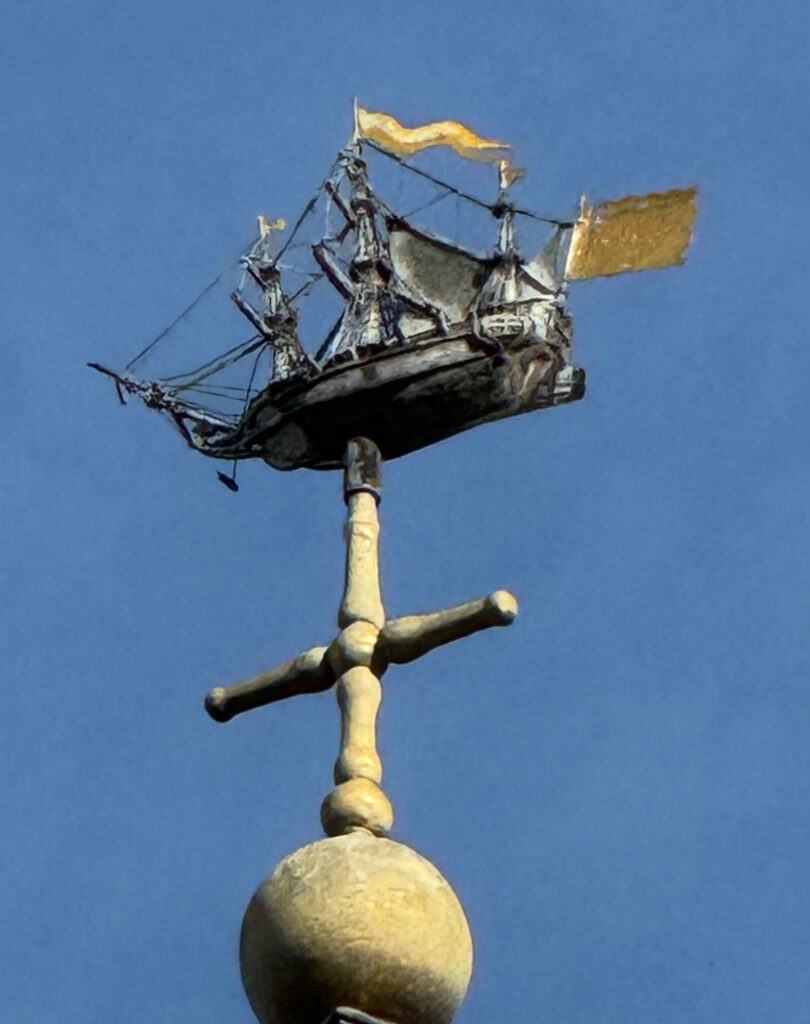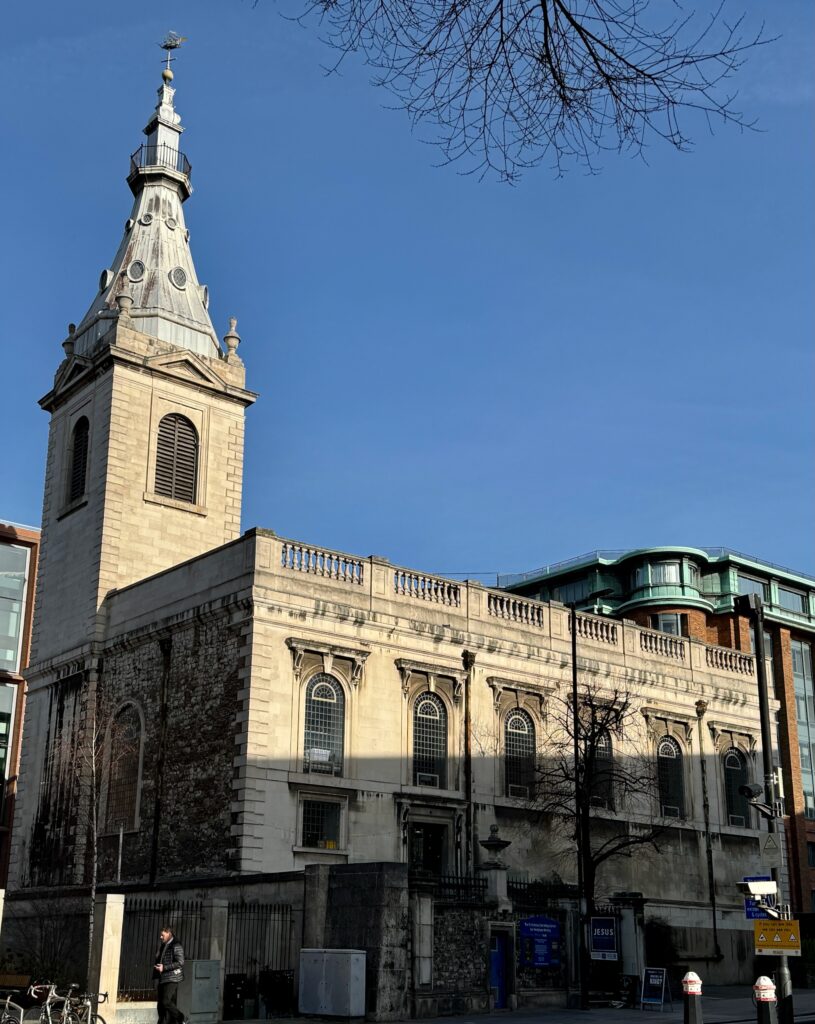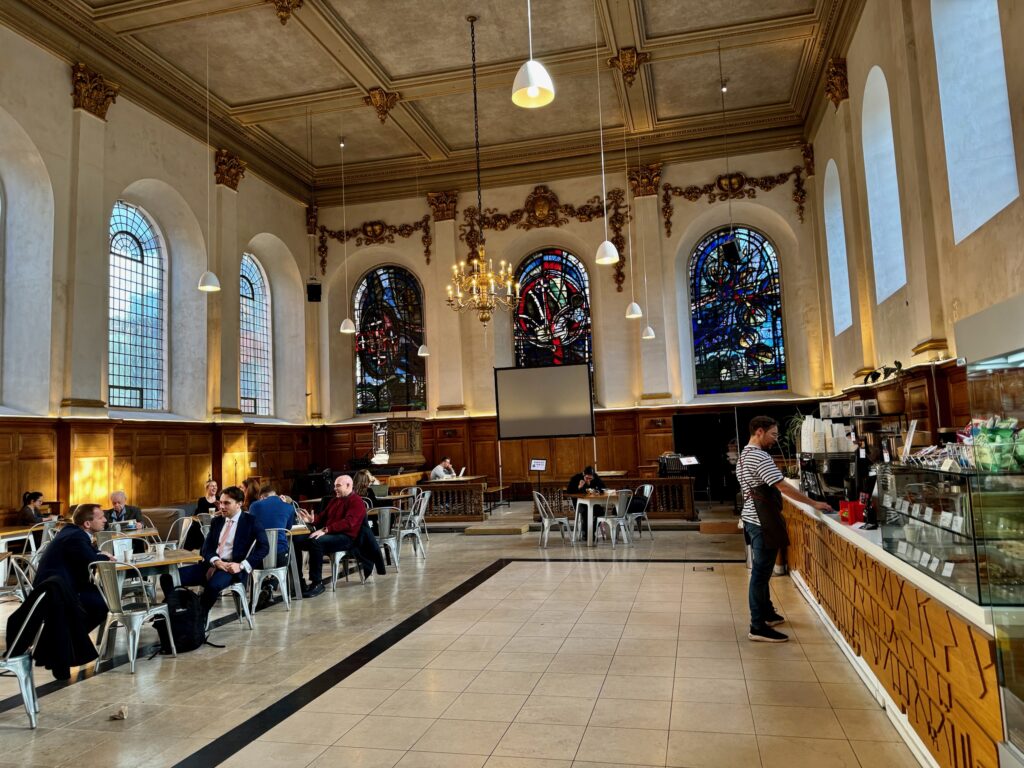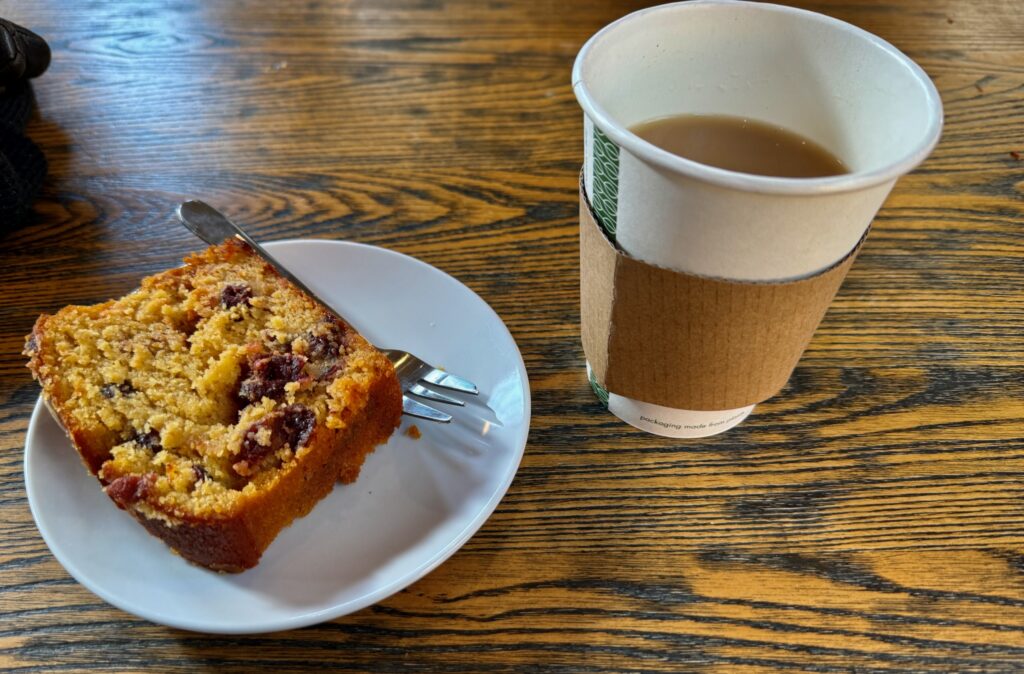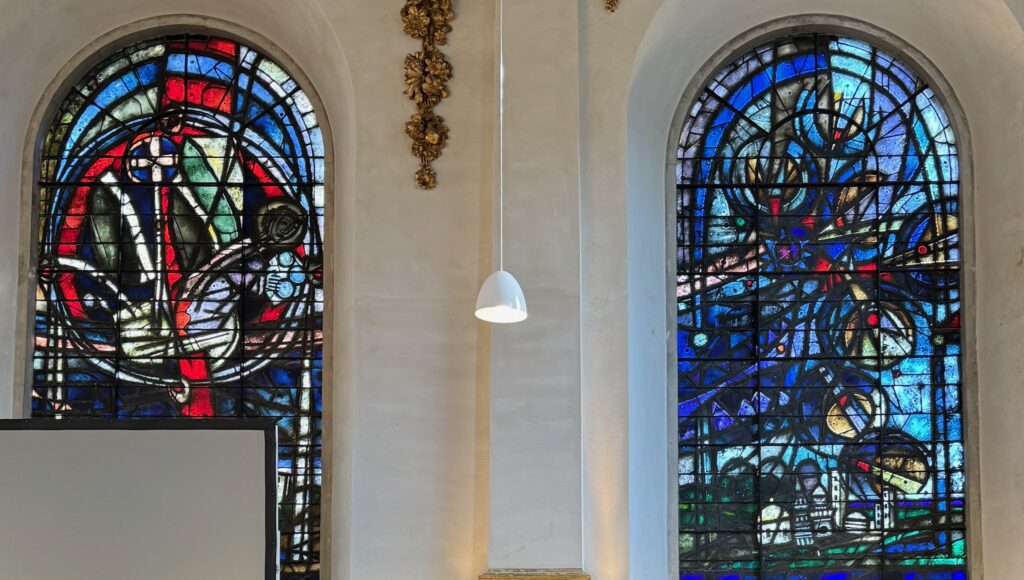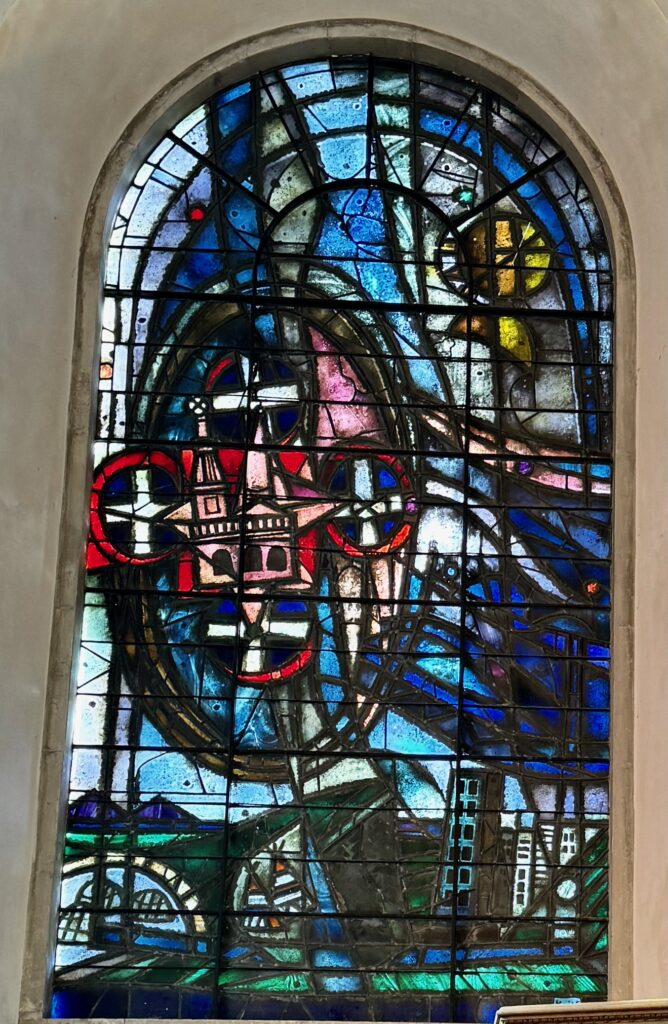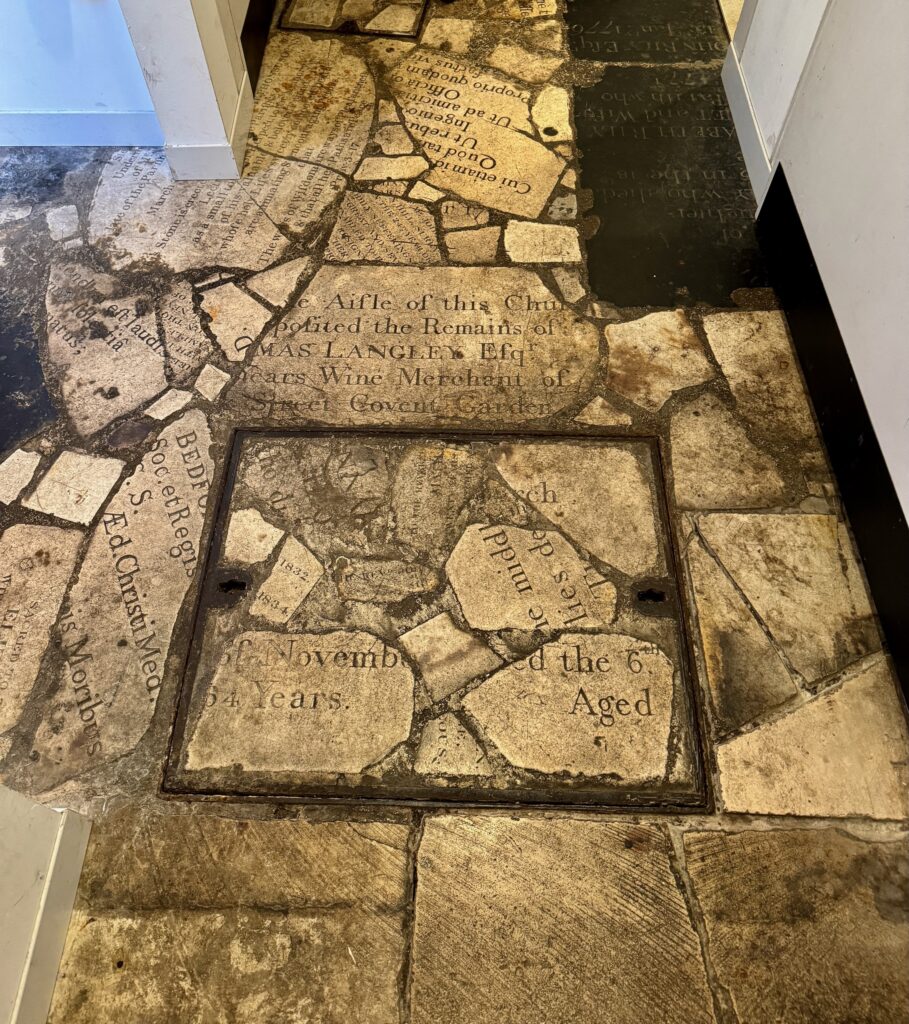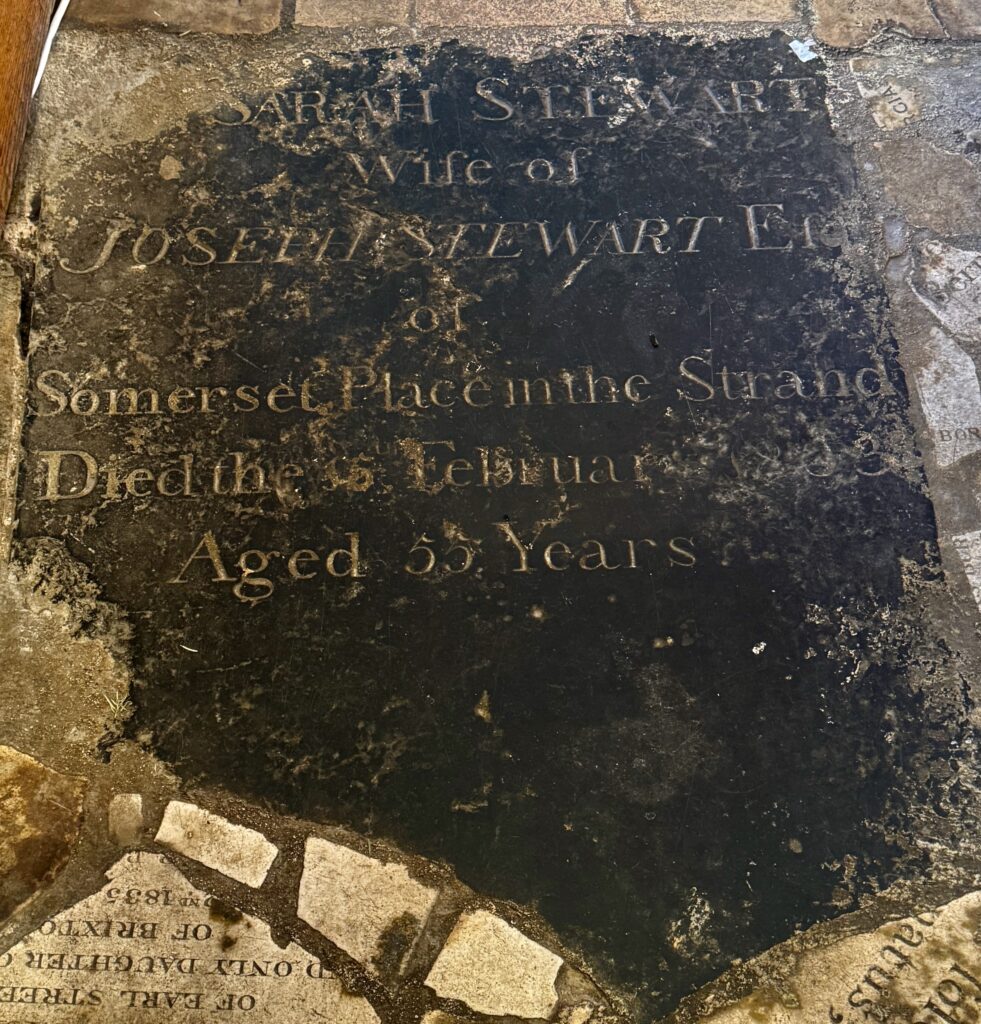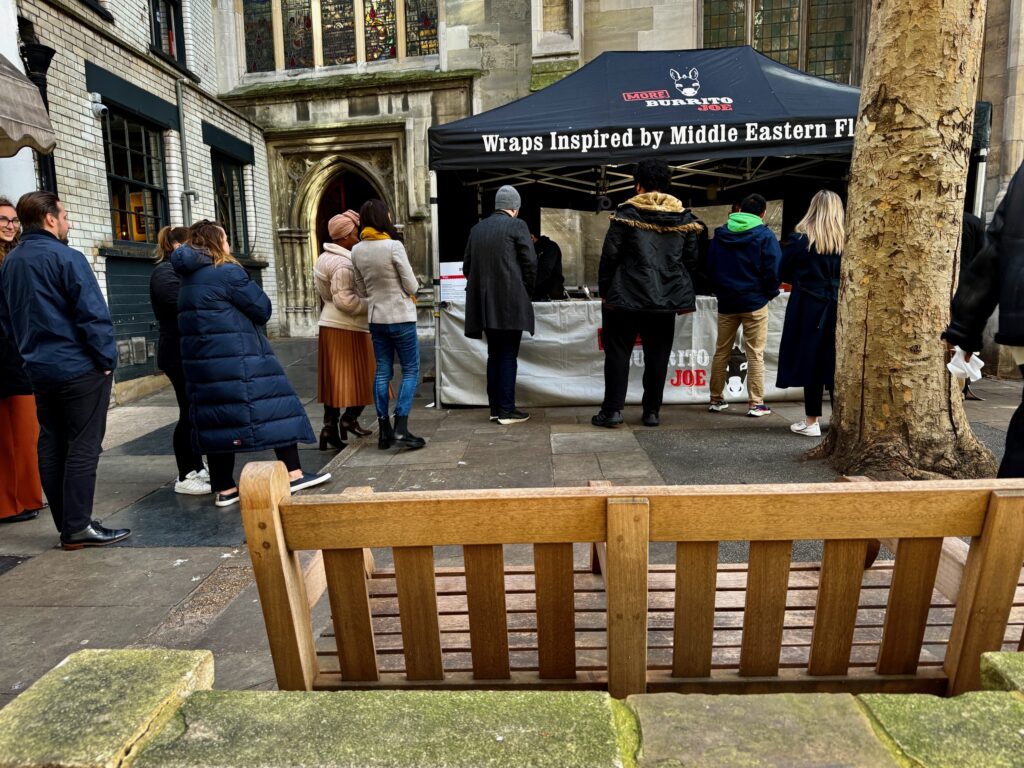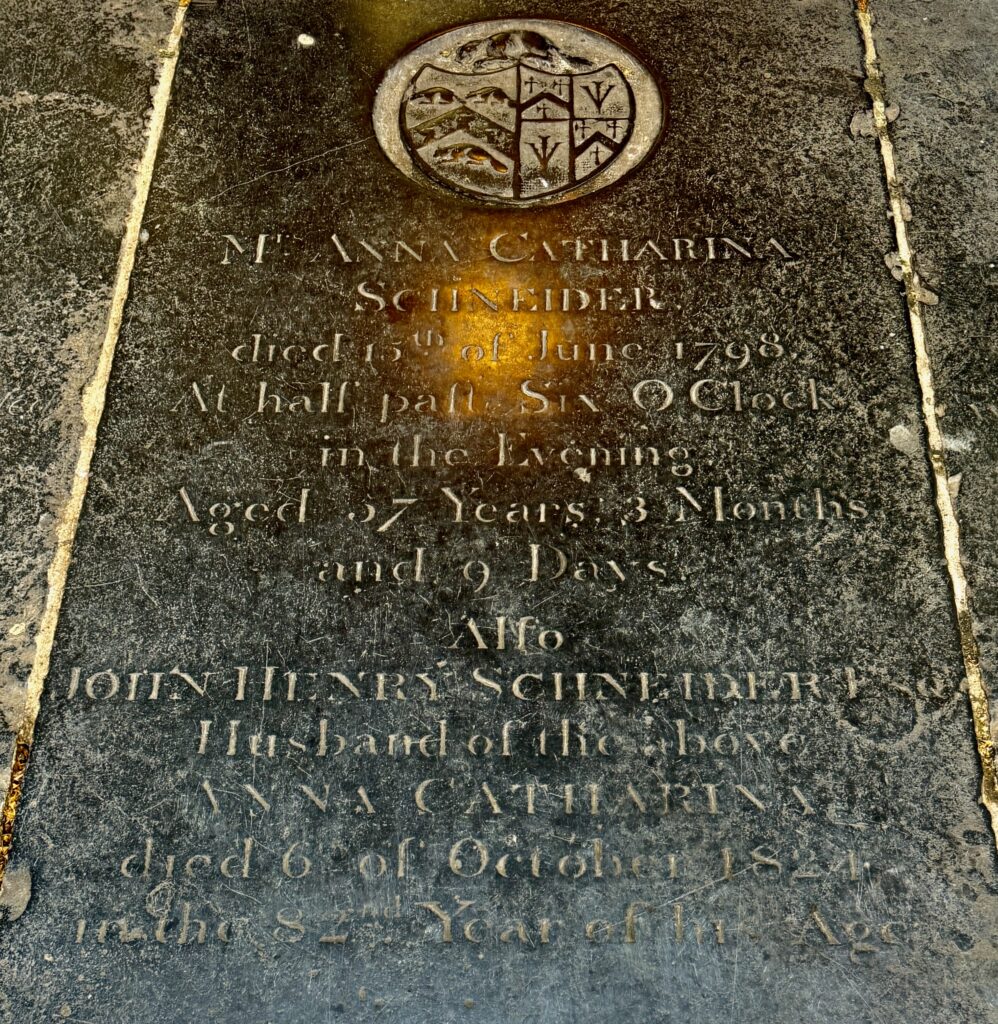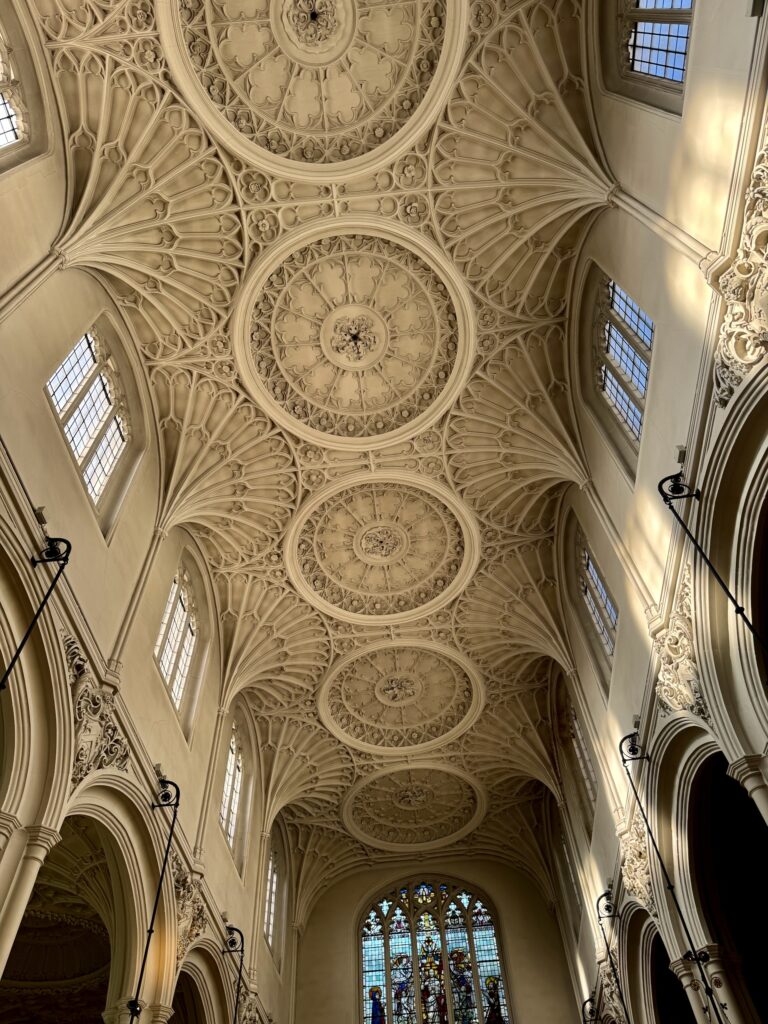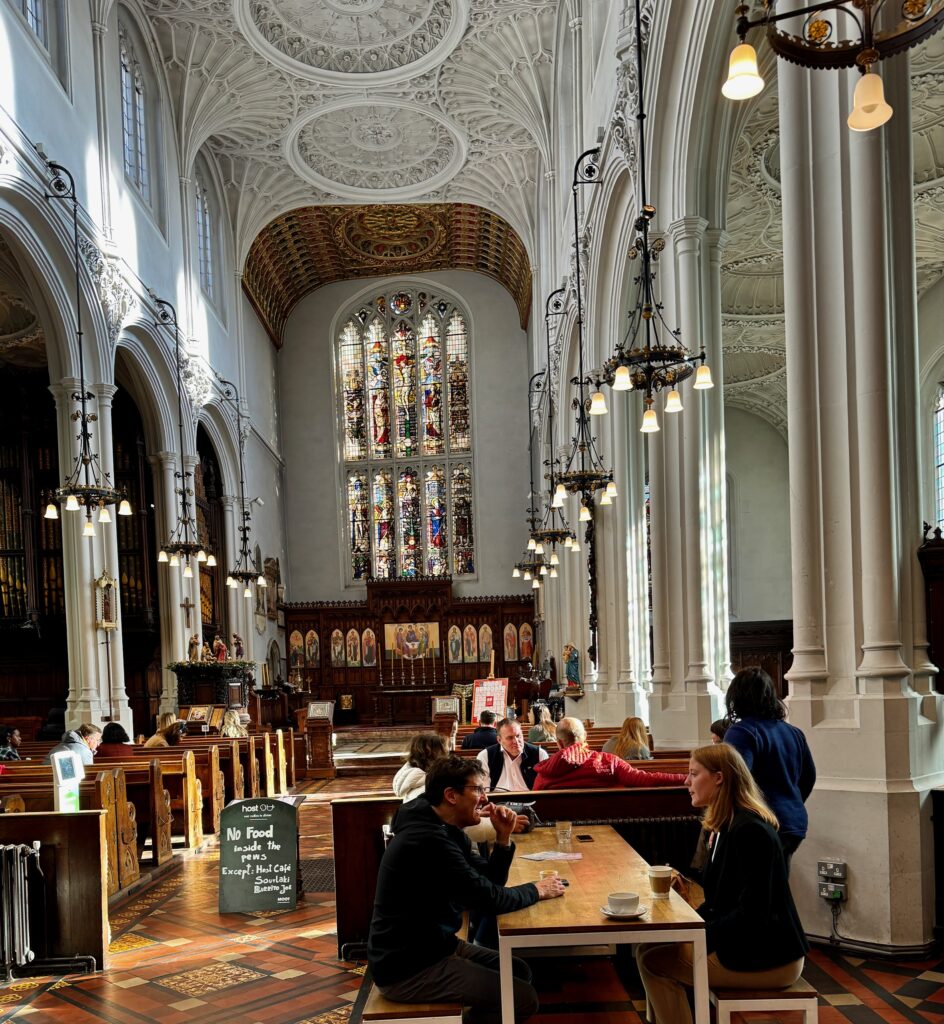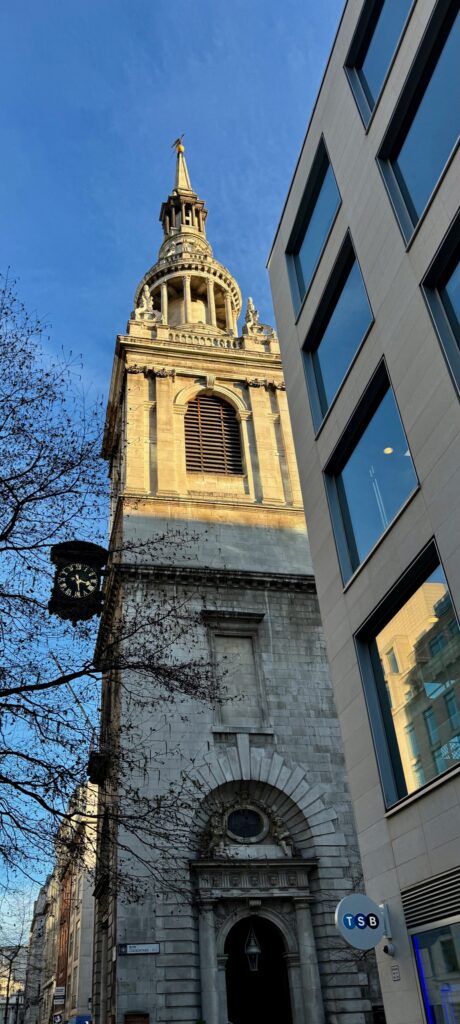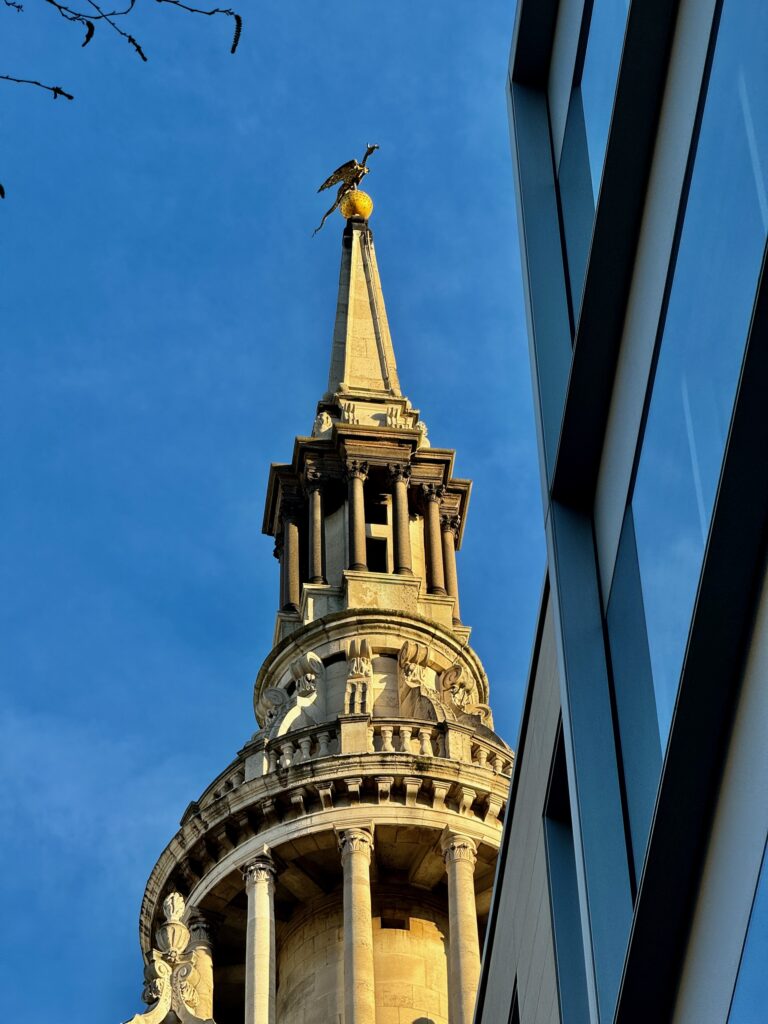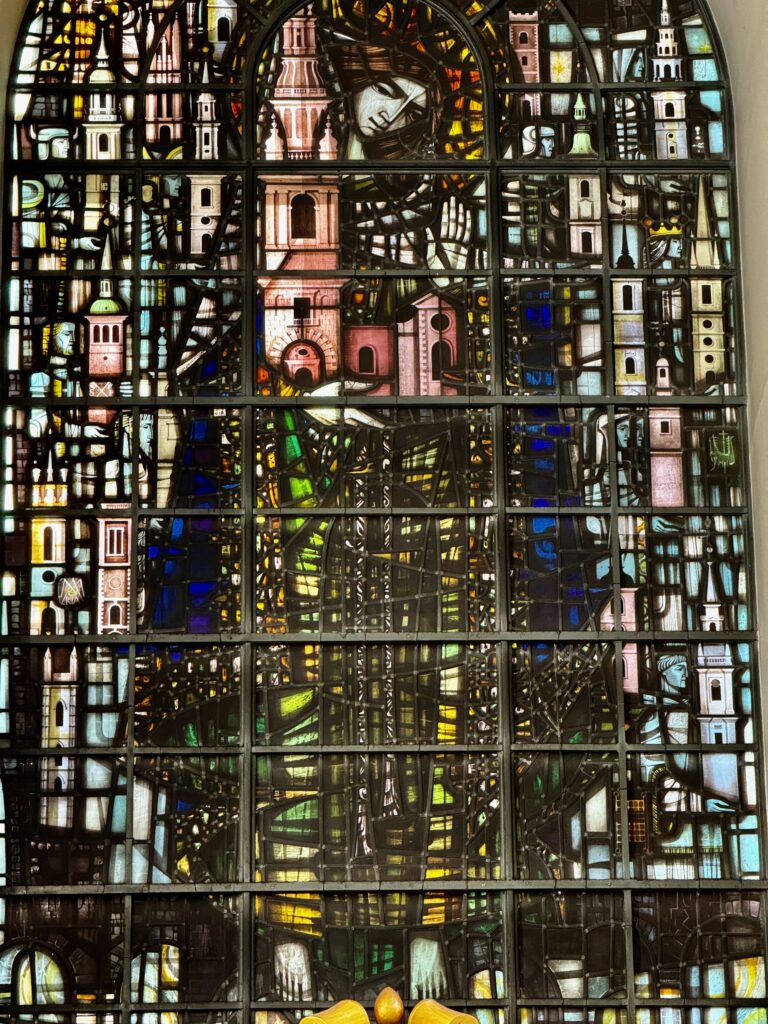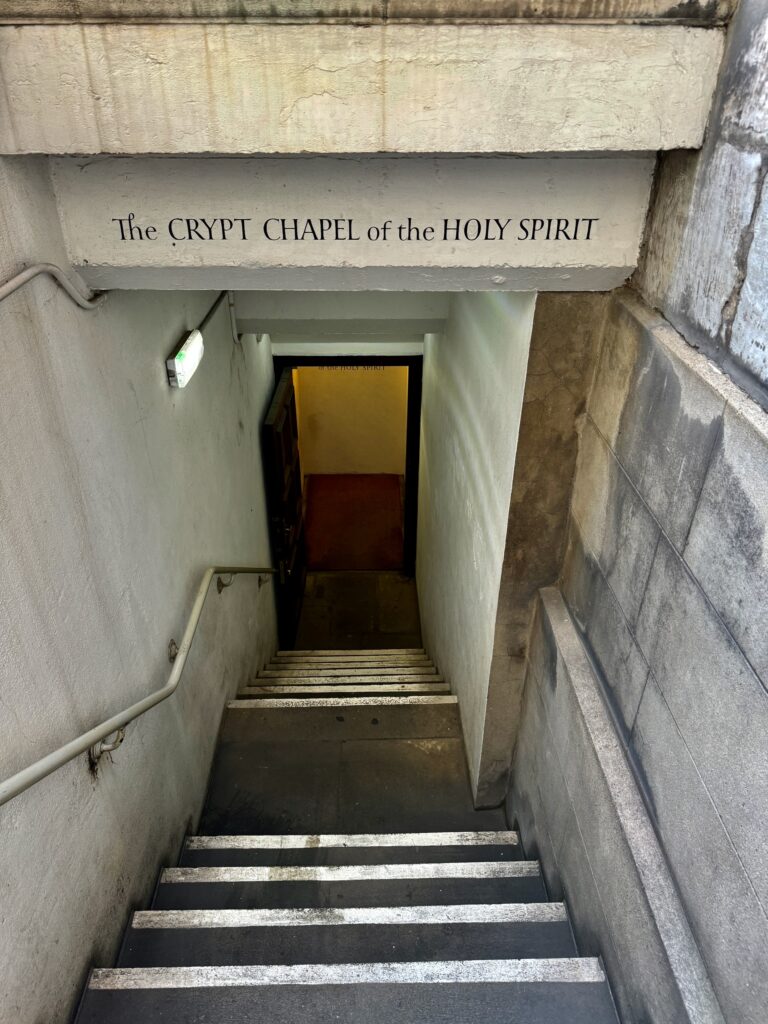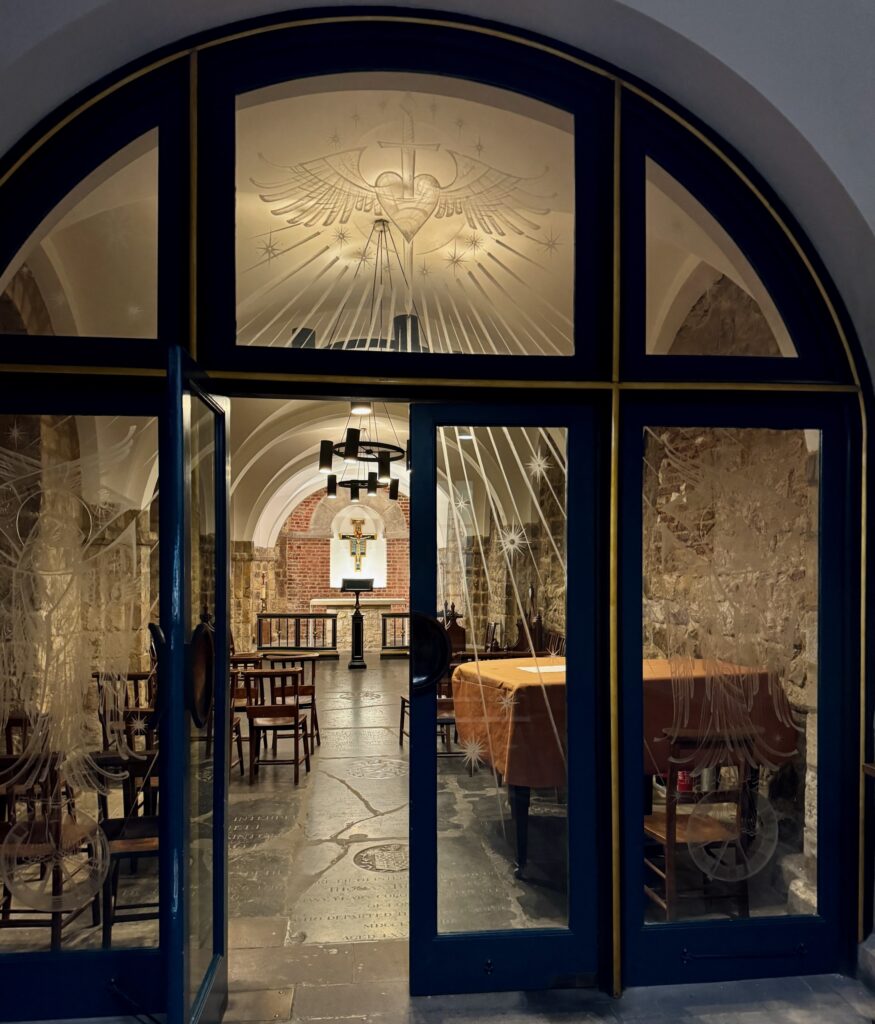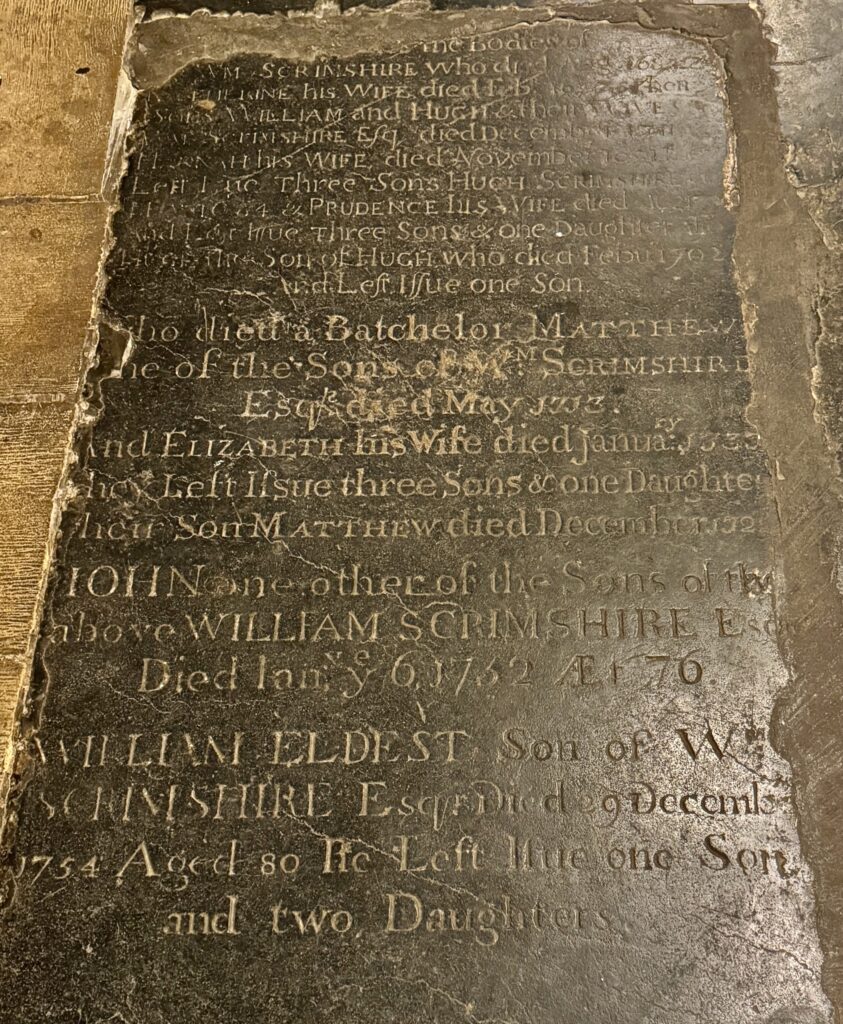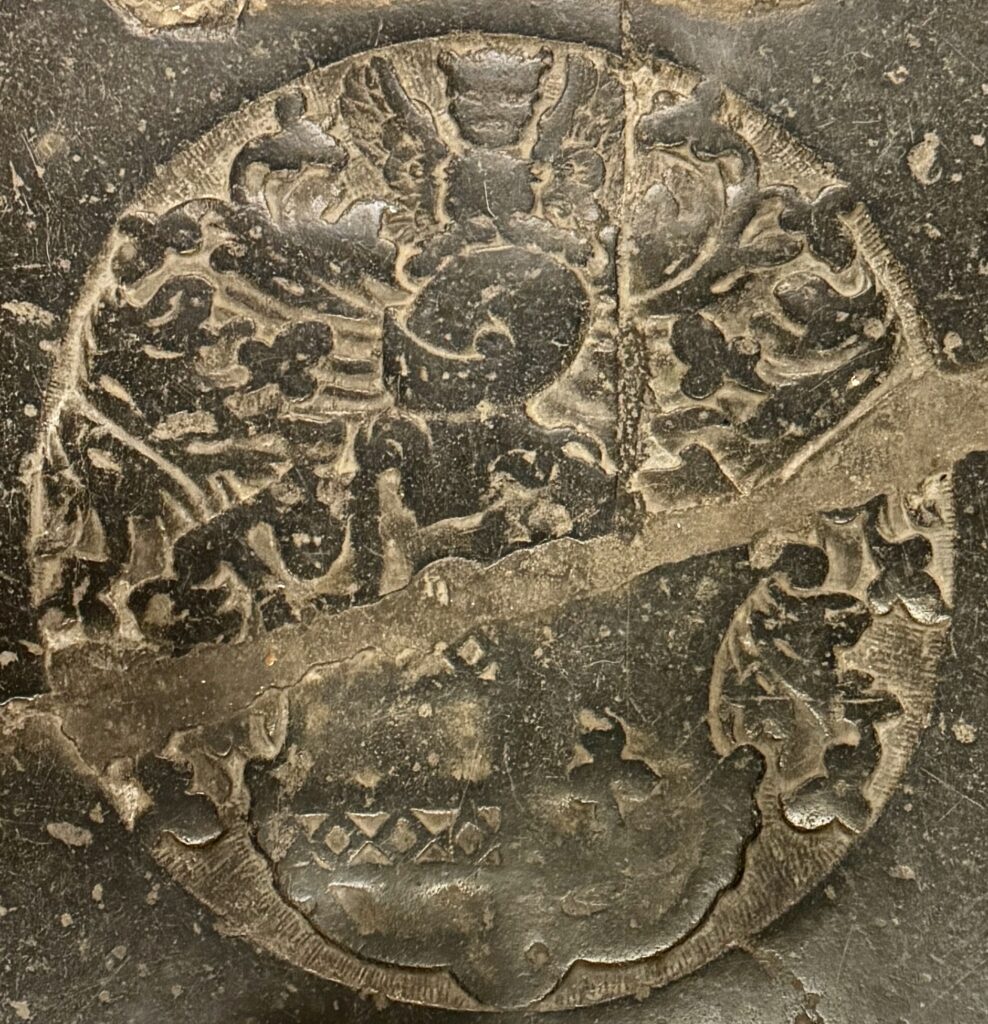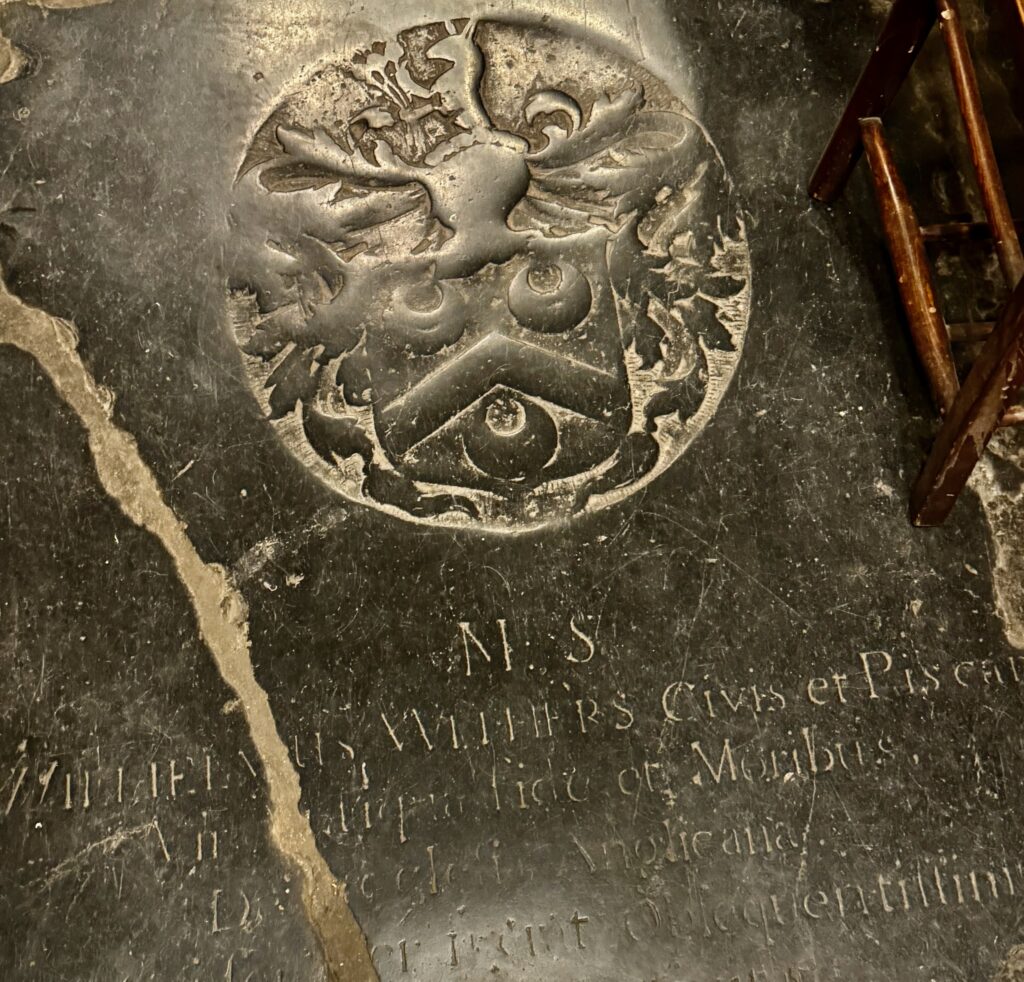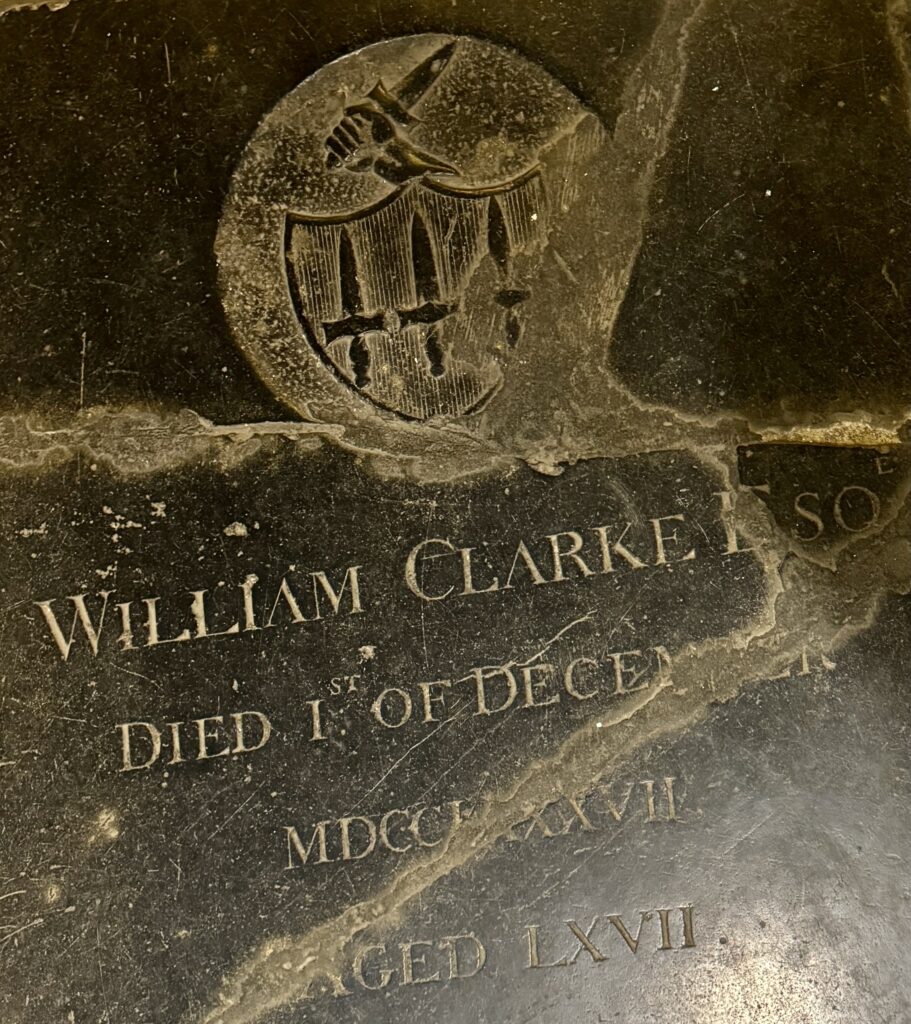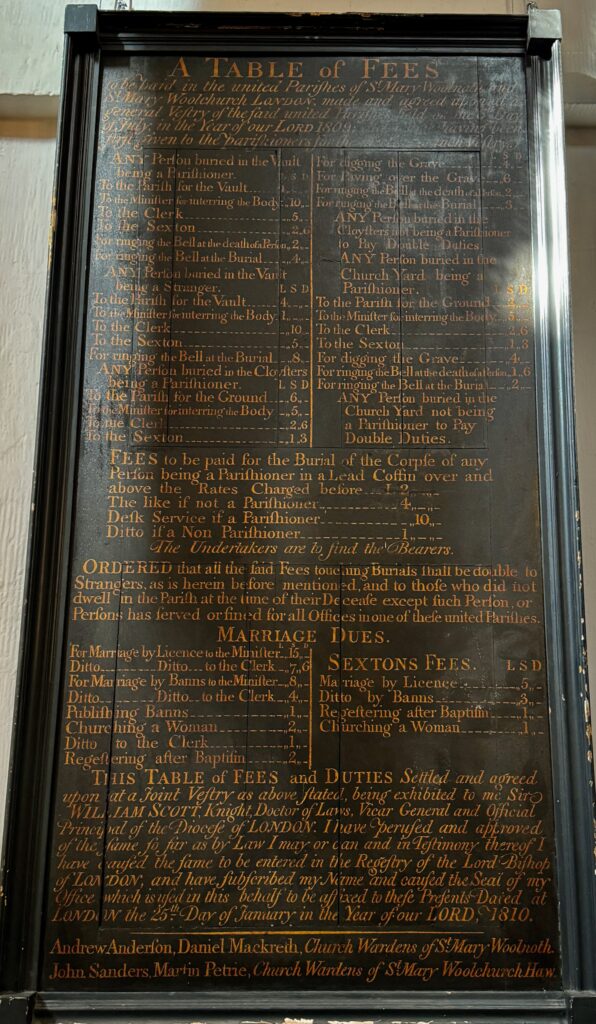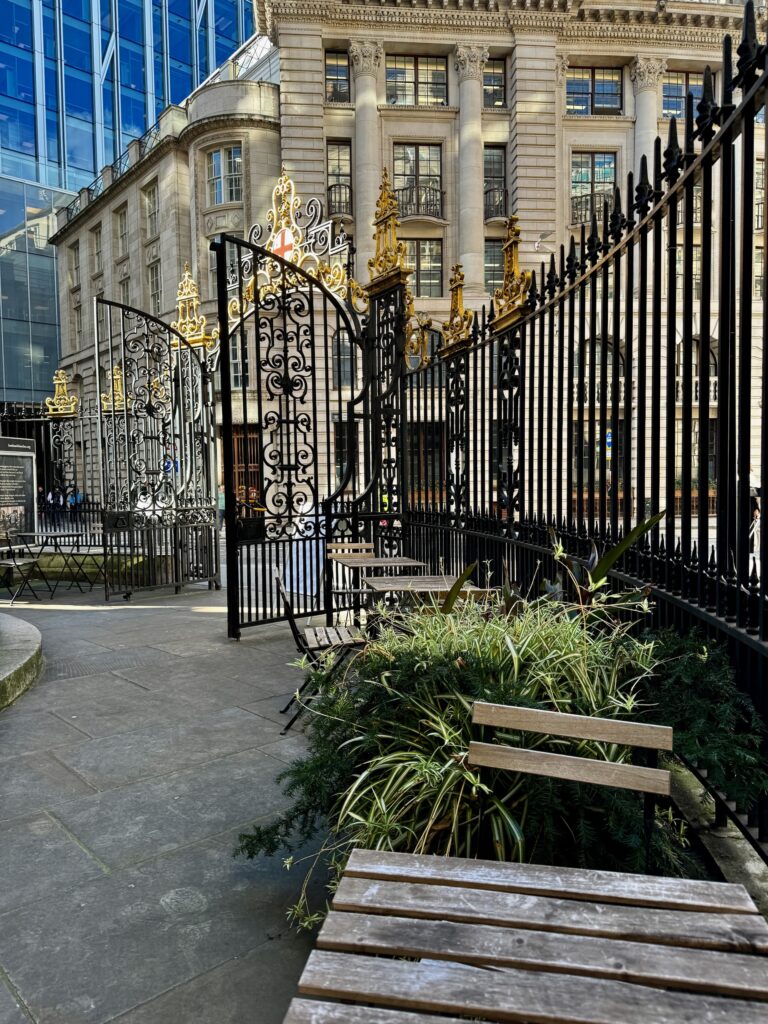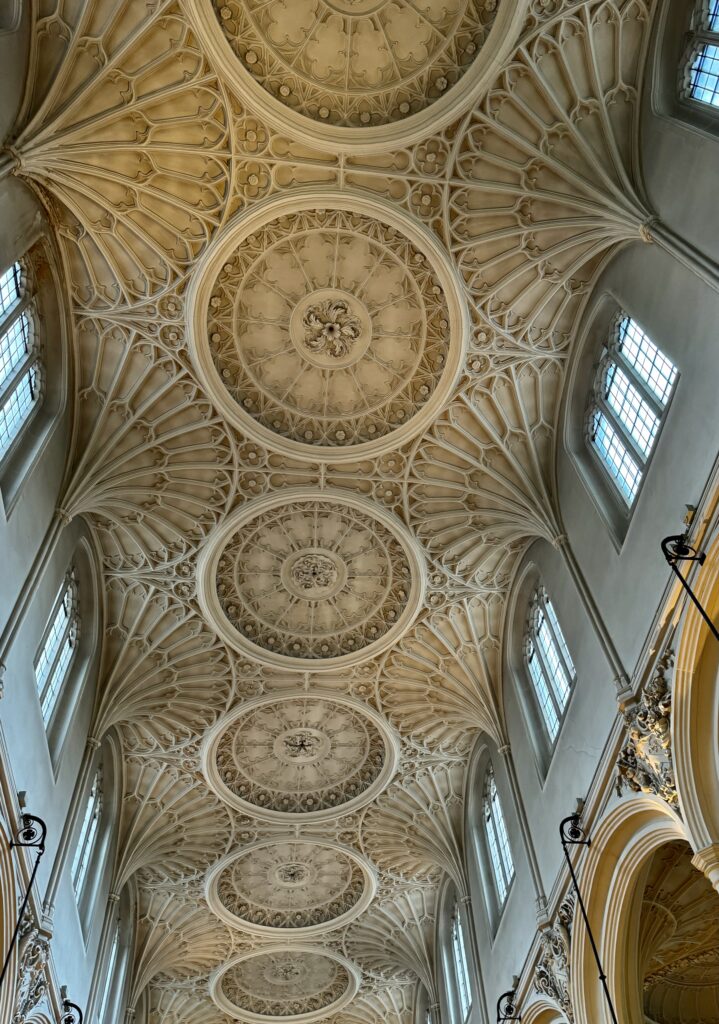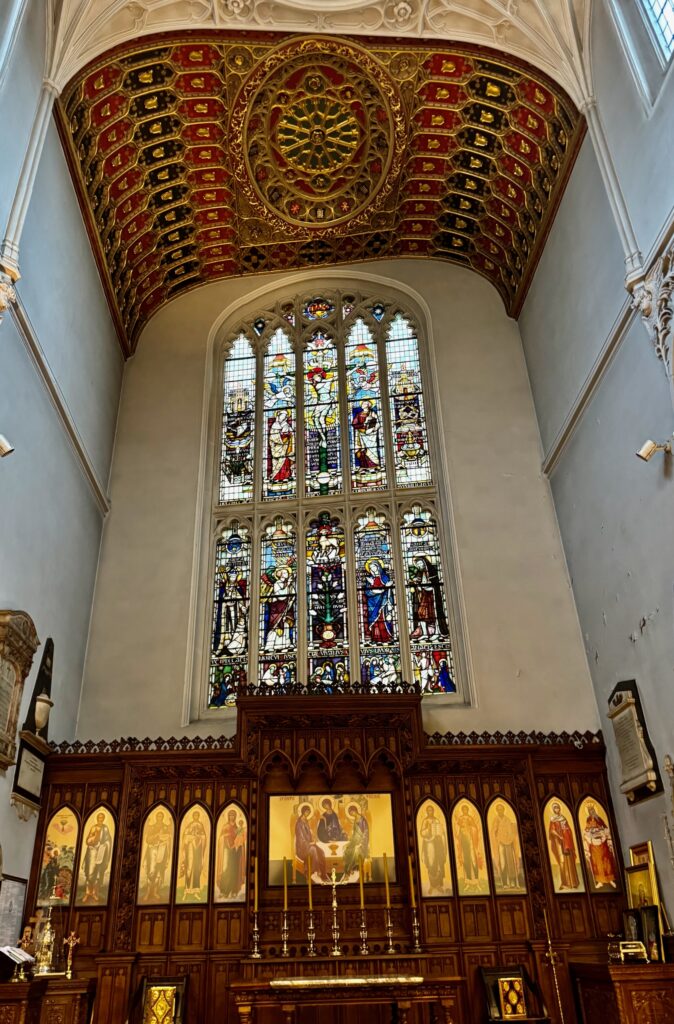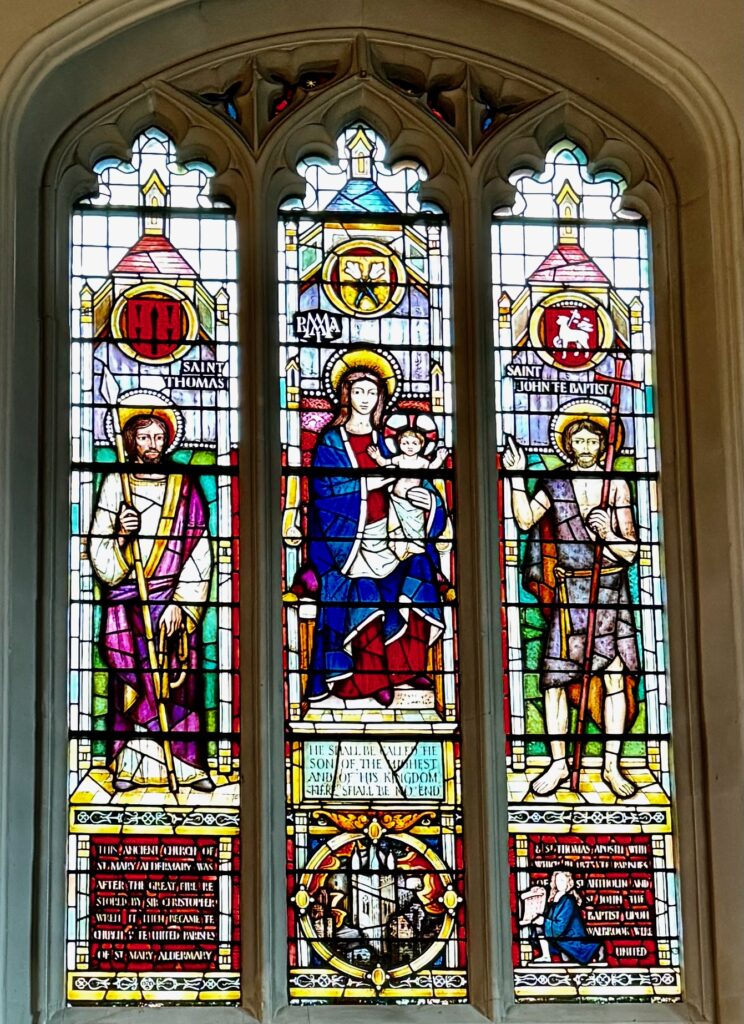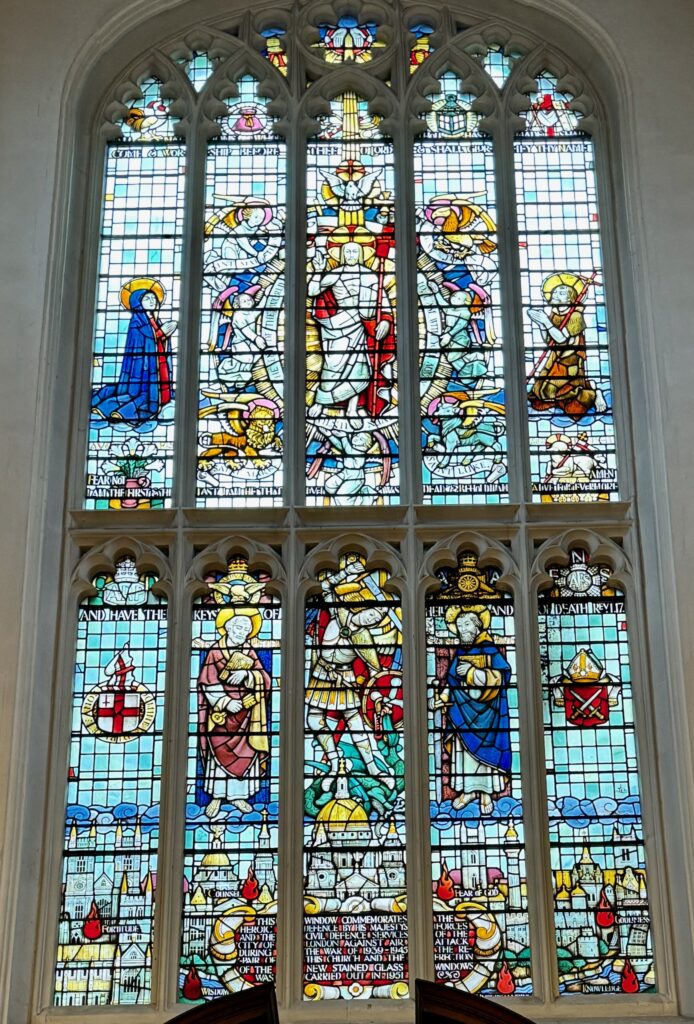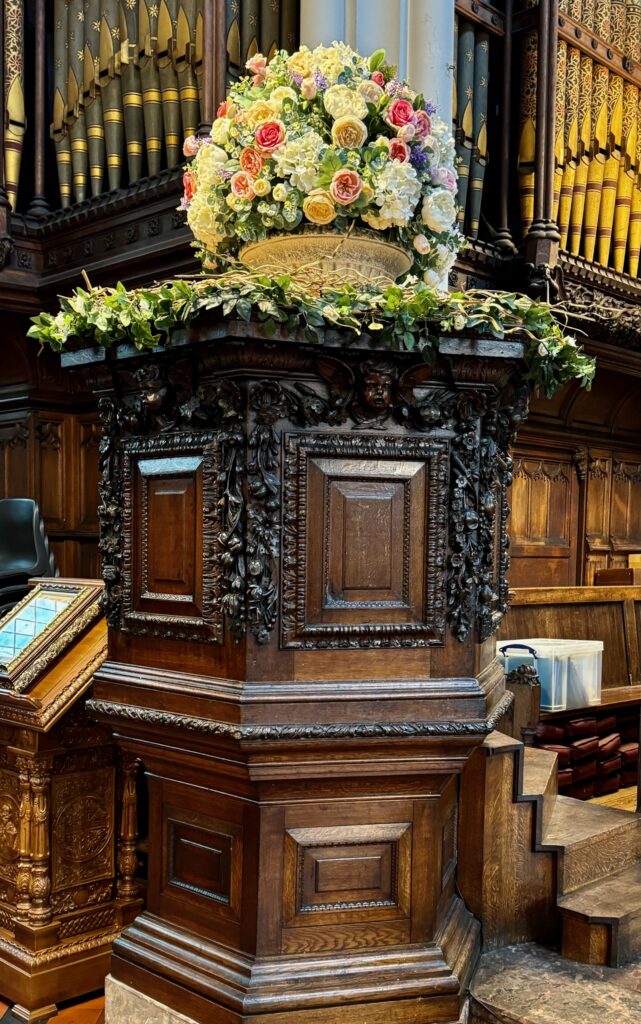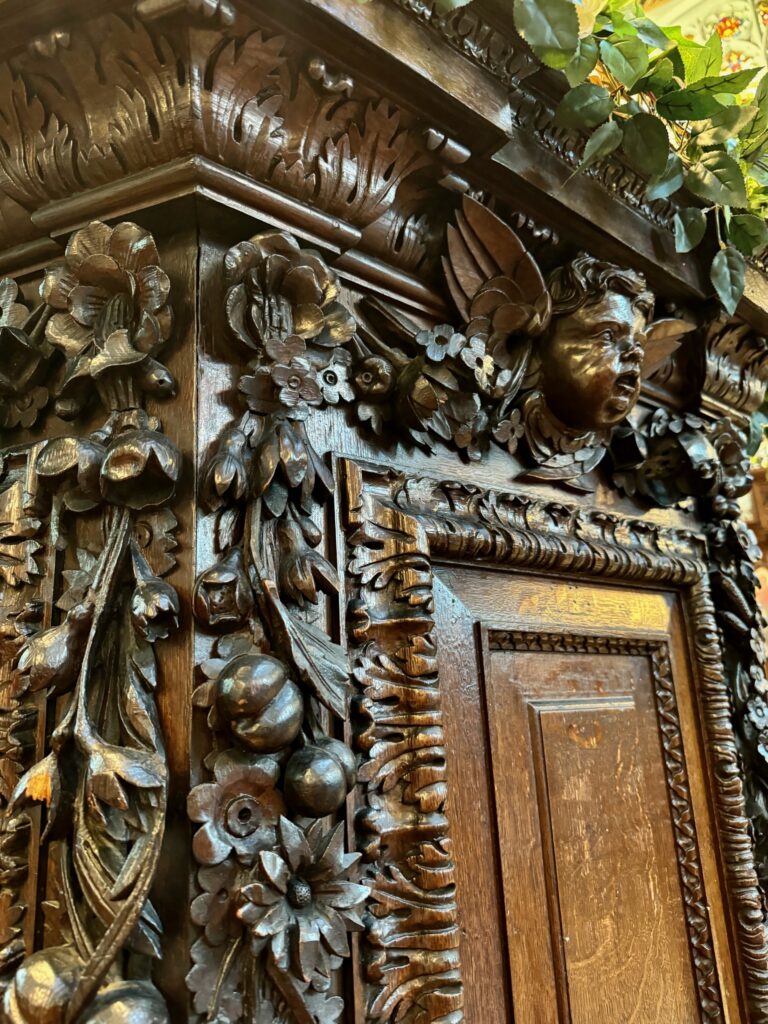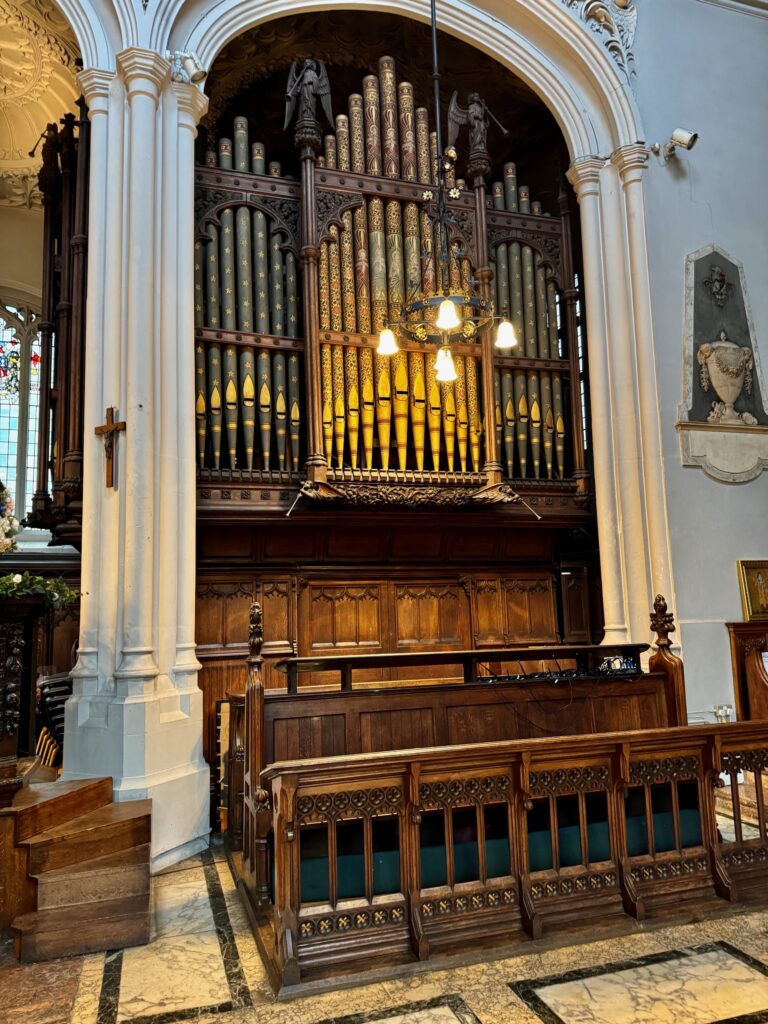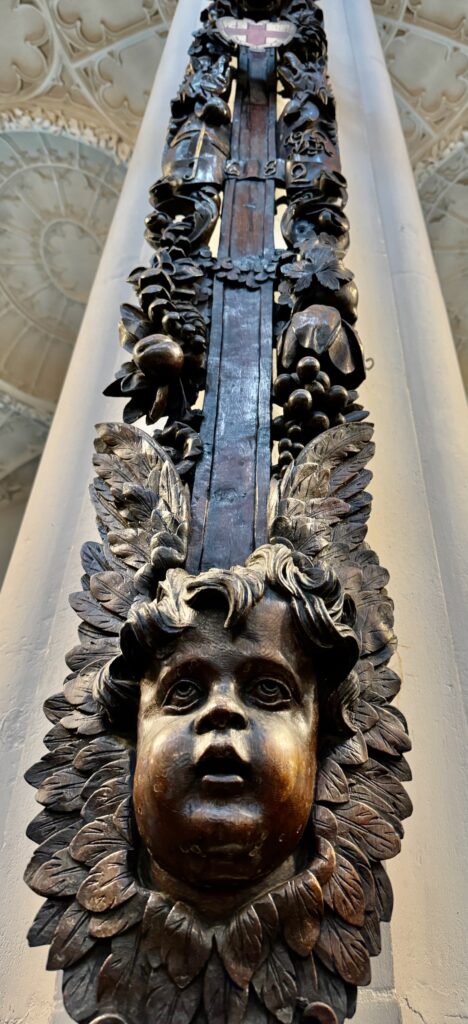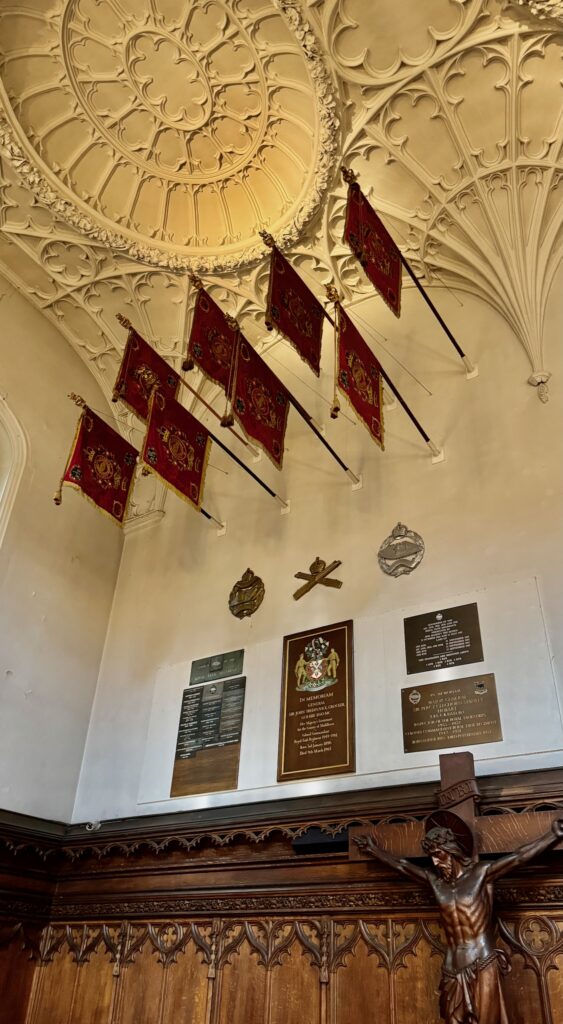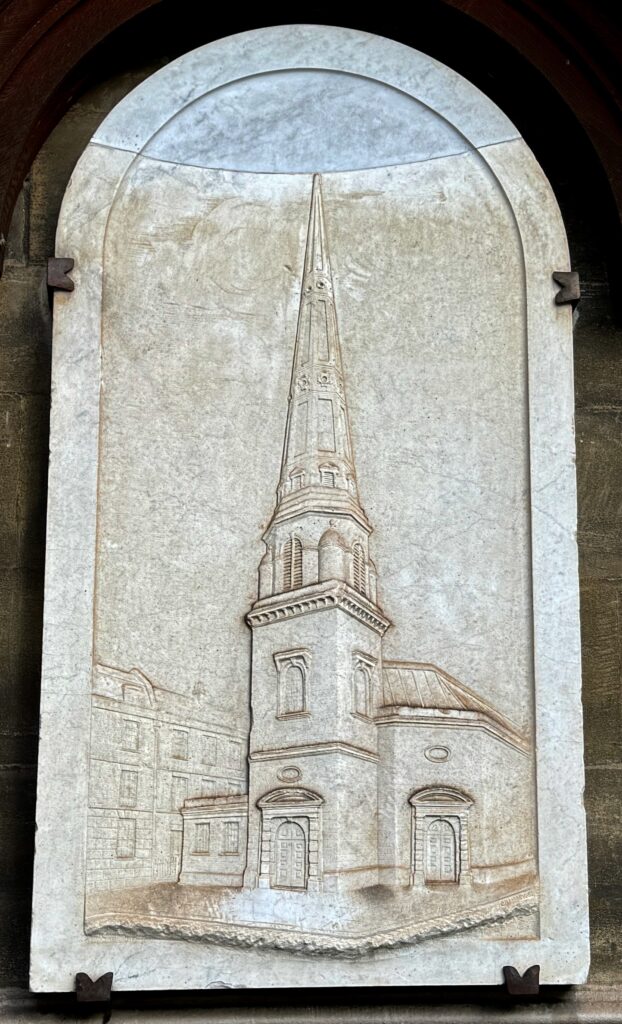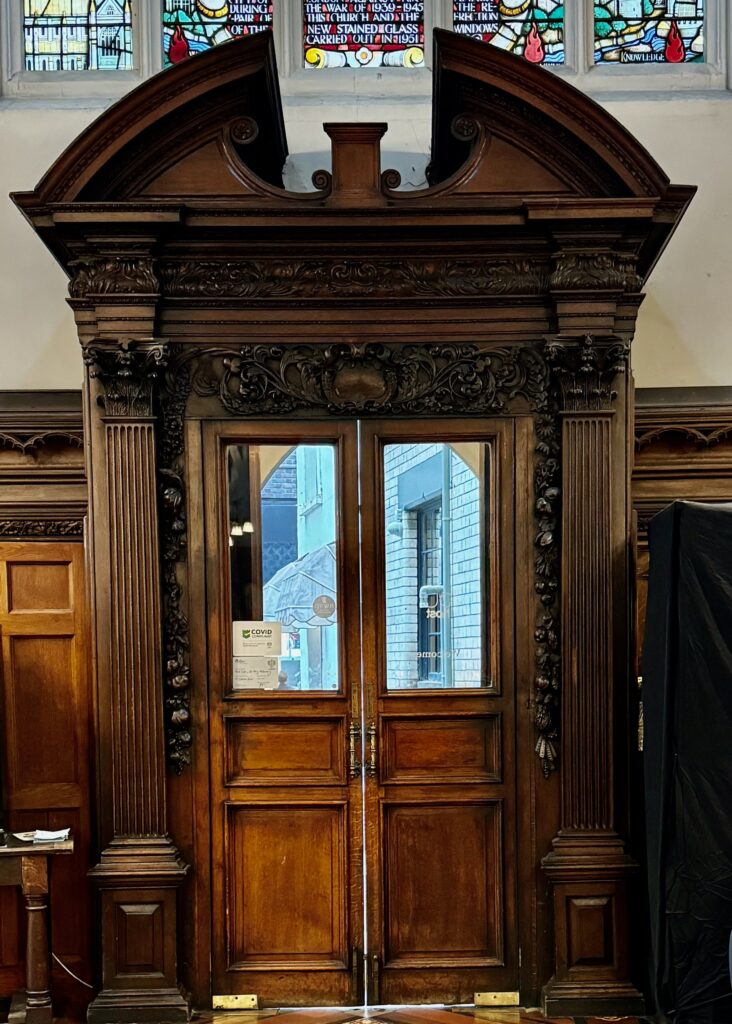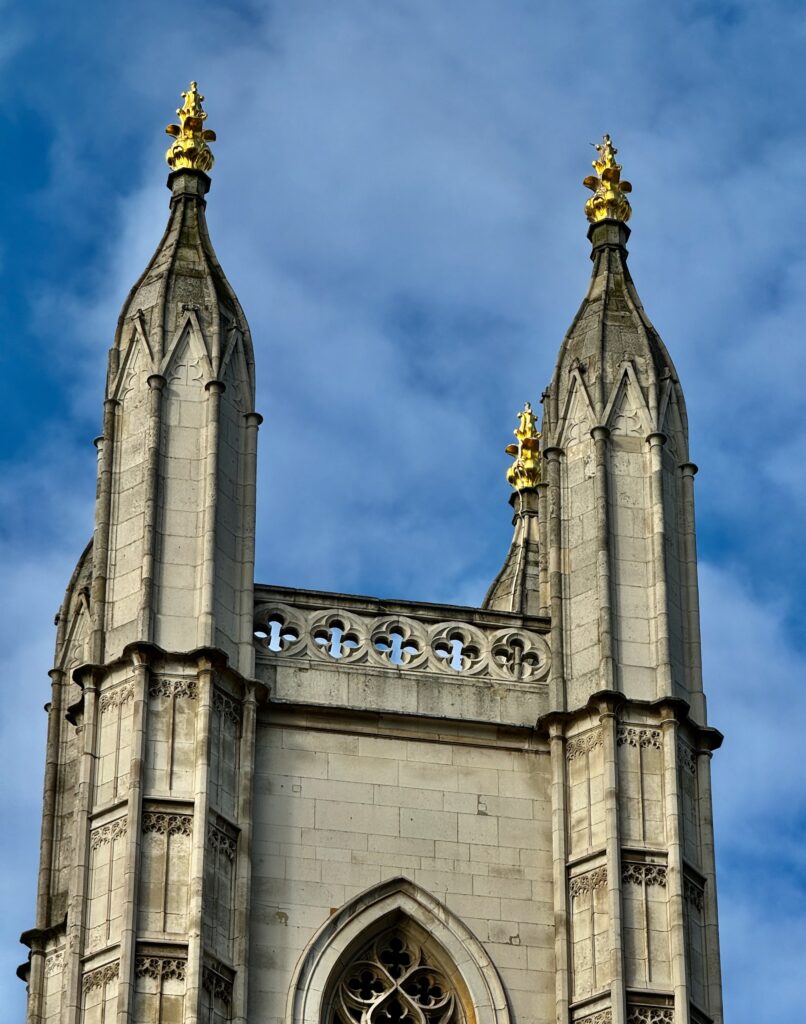For some reason lately I have been more aware of notices, signs, plaques and other sources of information. I’m usually a bit fixated on the next week’s blog but every now and then a piece of displayed information catches my eye and I take an image of it. So here’s a selection – I hope you find them interesting.
Bunhill Burial Ground is one of the places I love to walk through and indulge in a bit of quiet contemplation. It’s also a haven for bird wildlife as this informative notice shows …
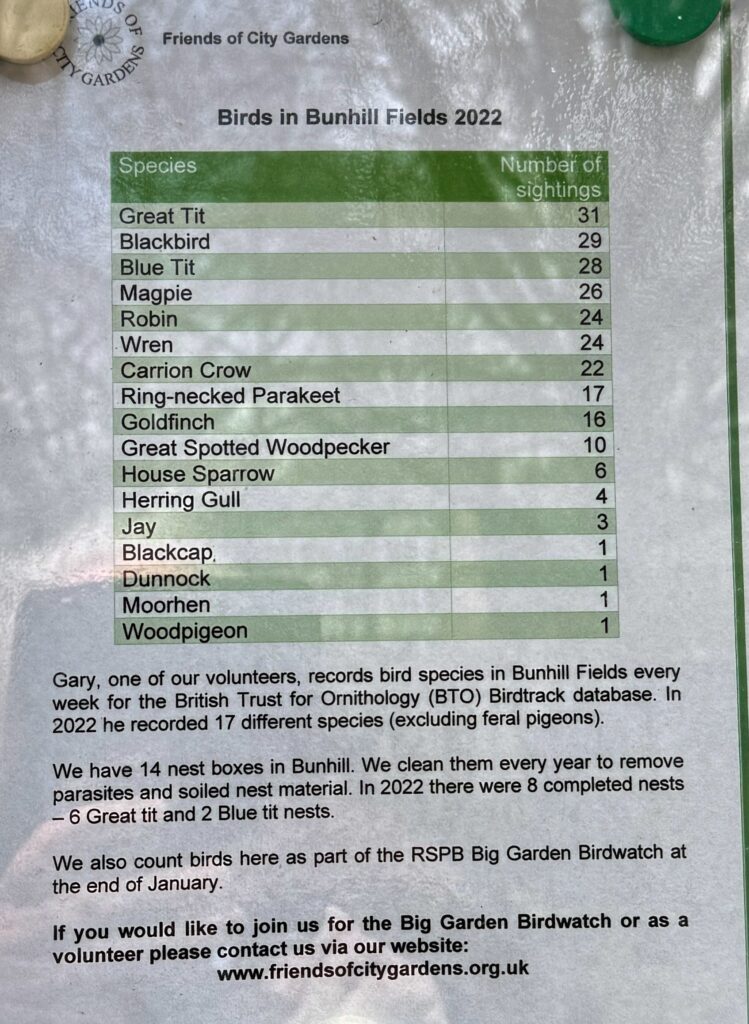
The sighting of ring-necked parakeets is a bit ominous!
A polite way of telling customers to keep the noise down …
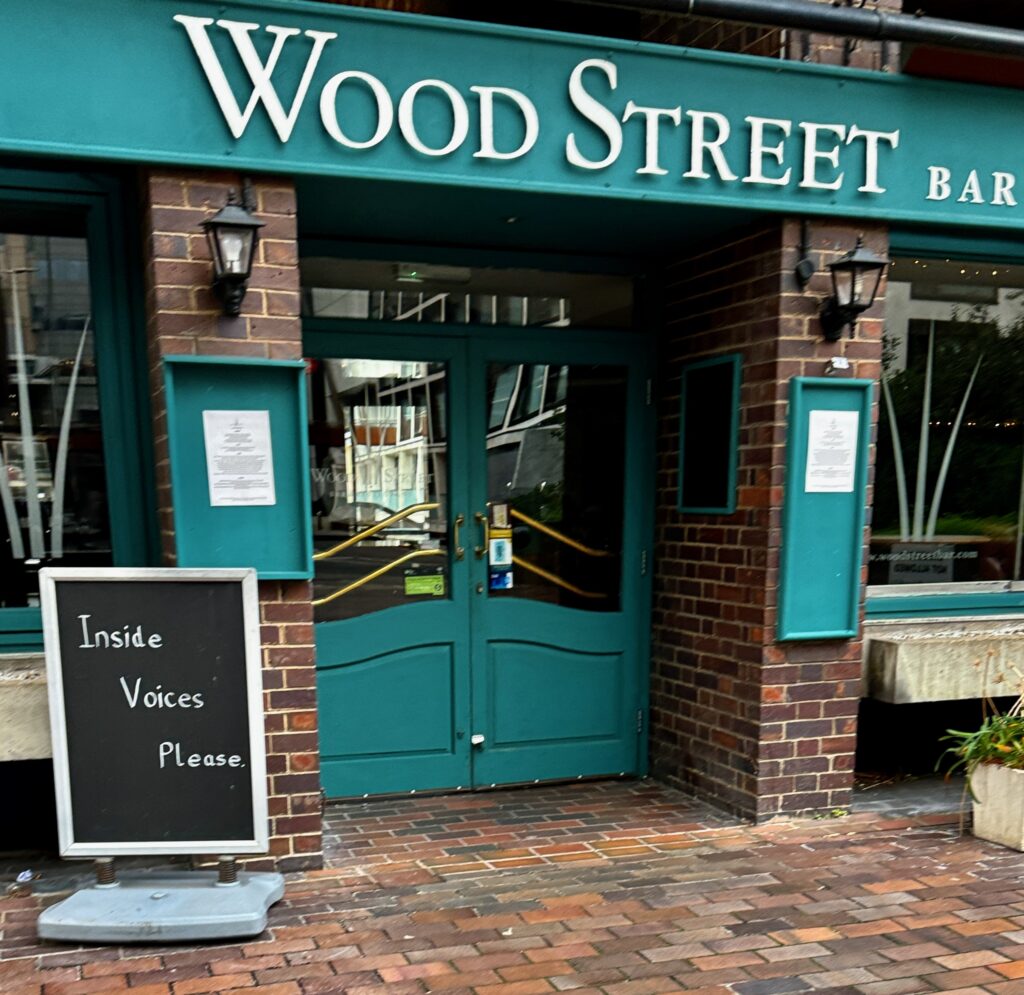
This pop up garden has really thrived …
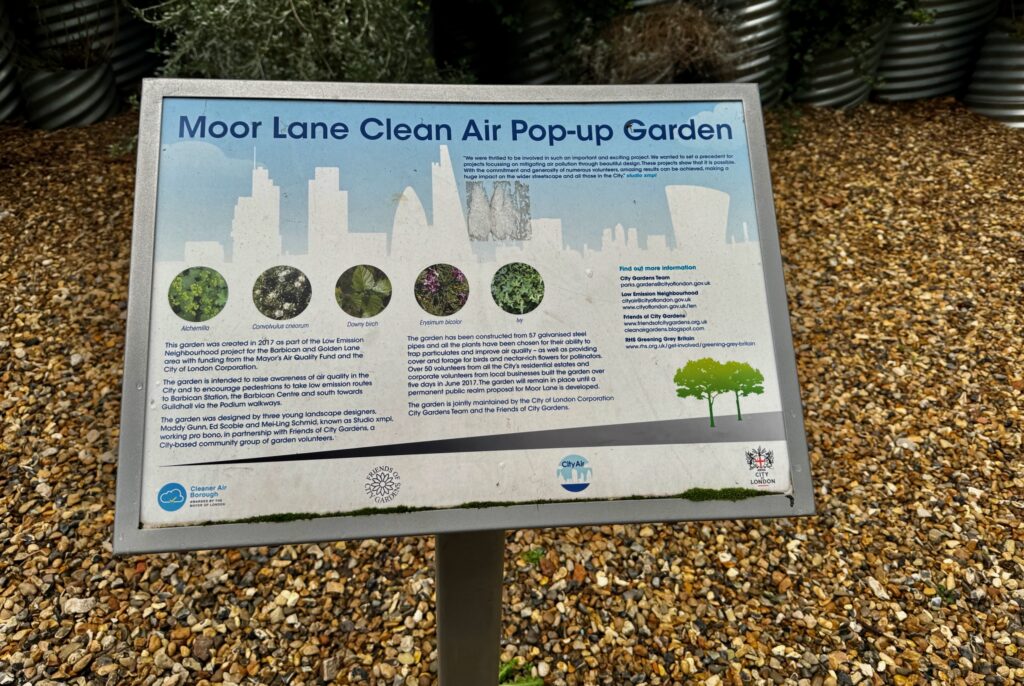
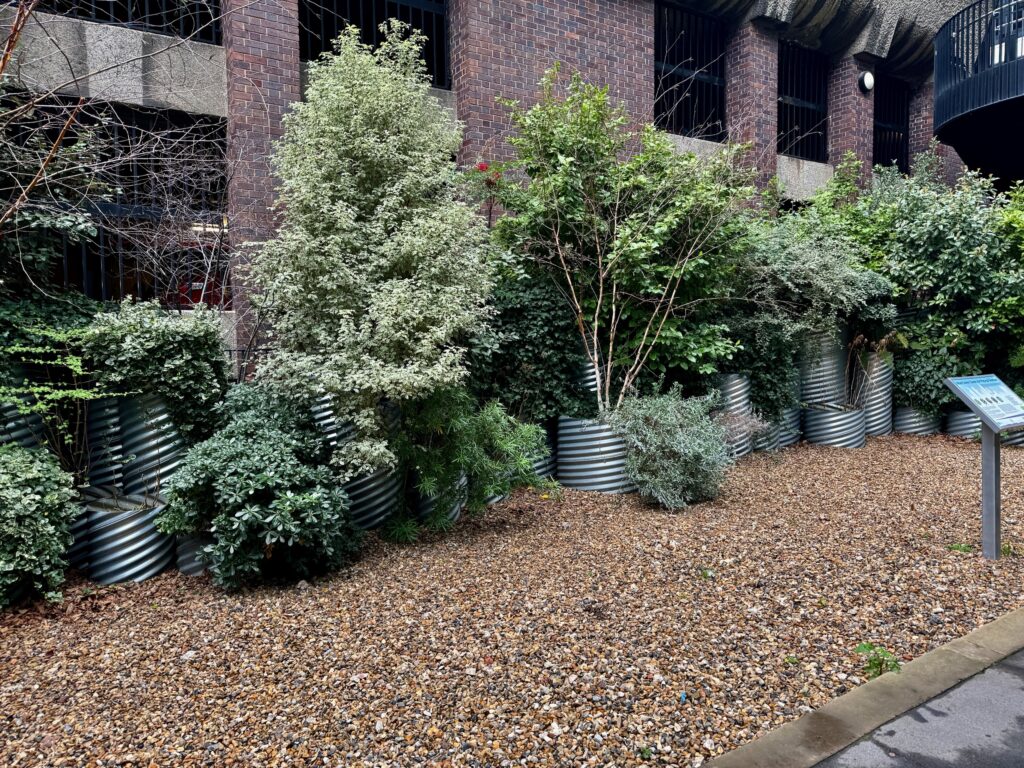
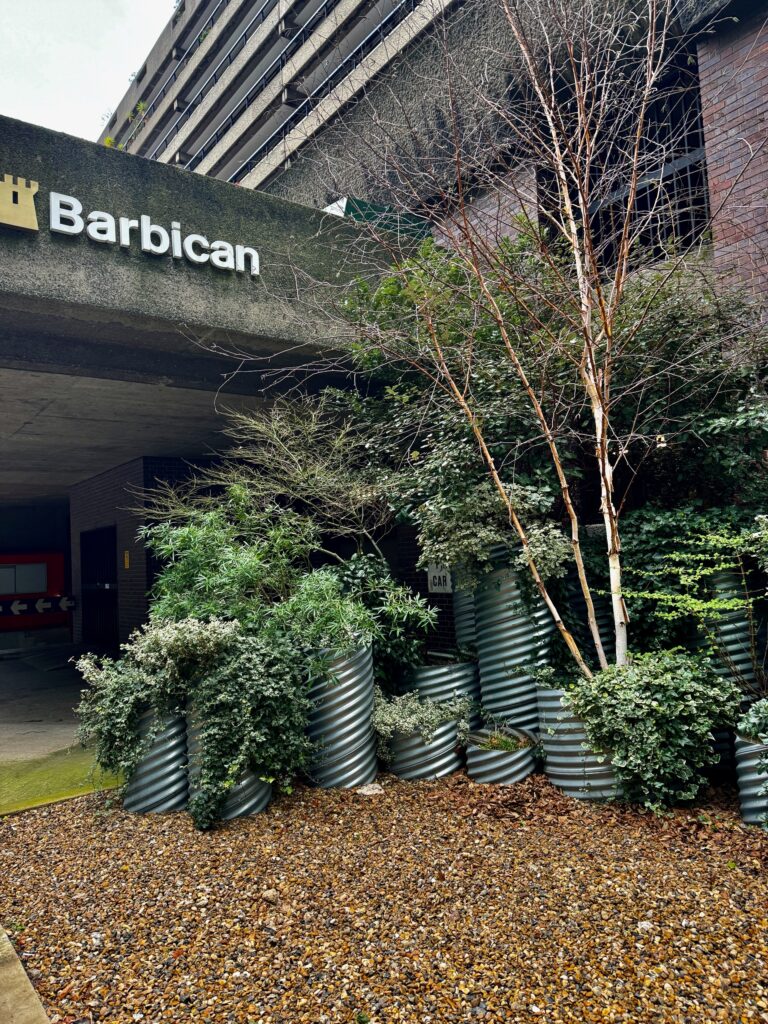
I know at least four people who have had their bike stolen despite them having a locking device. There’s an extraordinary range of bike-stealing methods which you can read more about here if you’re interested. I was prompted to include a comment here because of this friendly warning posted outside the garden …
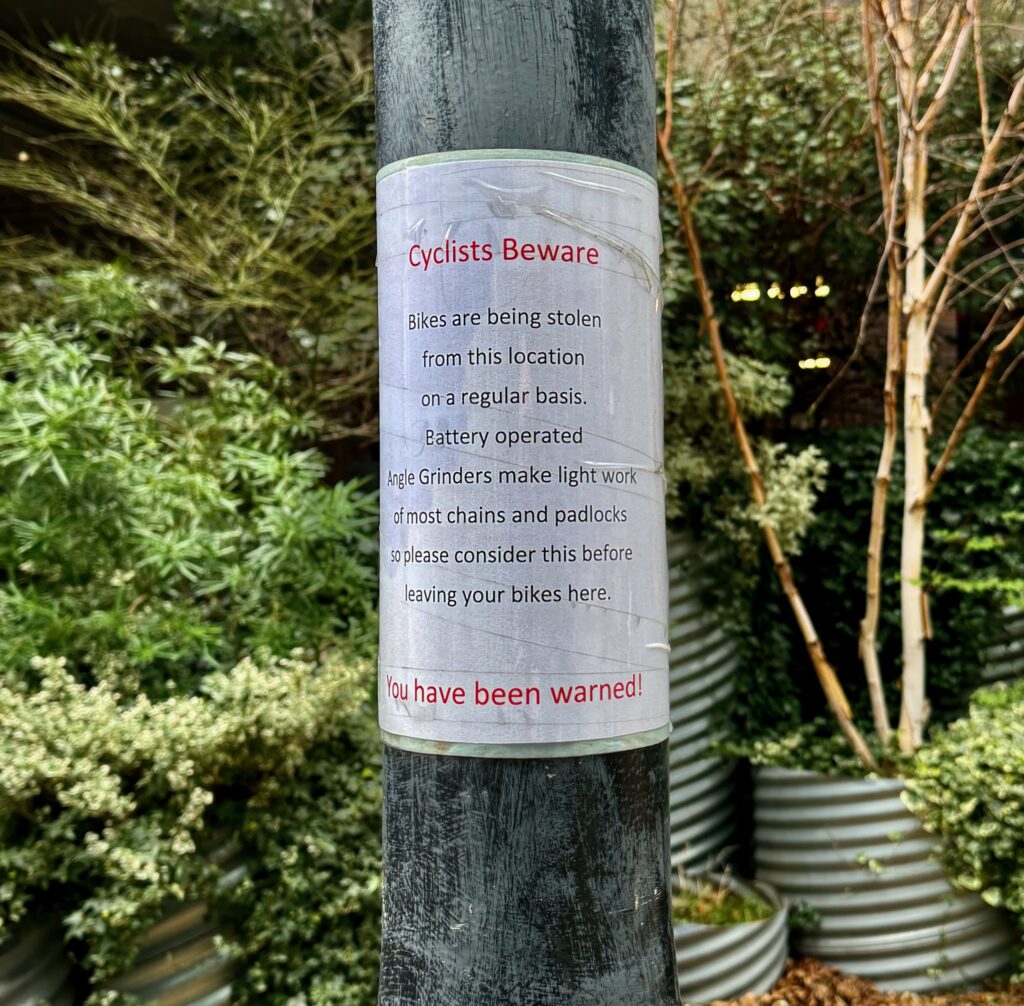
Around the City there are a number of signs for various City walks. You can do the old City Gates …

Or follow the route of the original Roman and Medieval Wall …
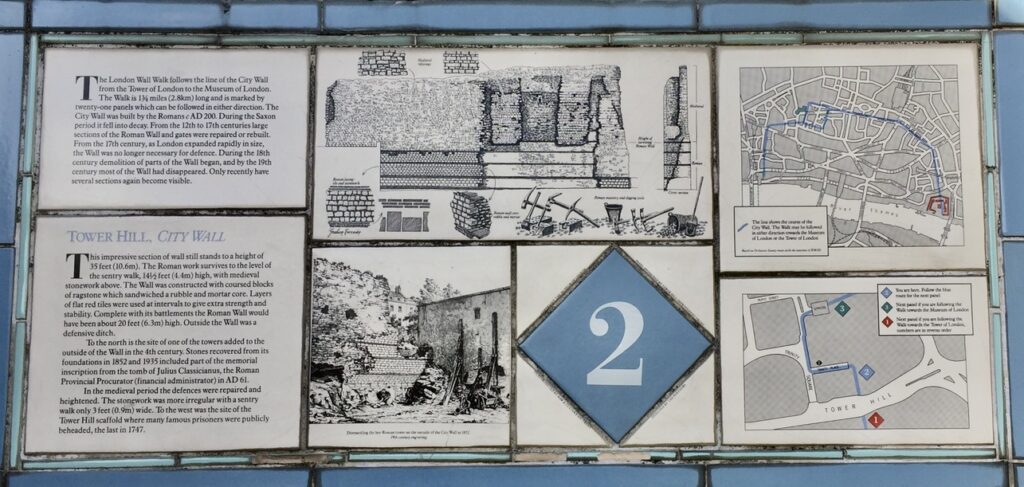
Here’s my favourite front door just off Whitecross Street …
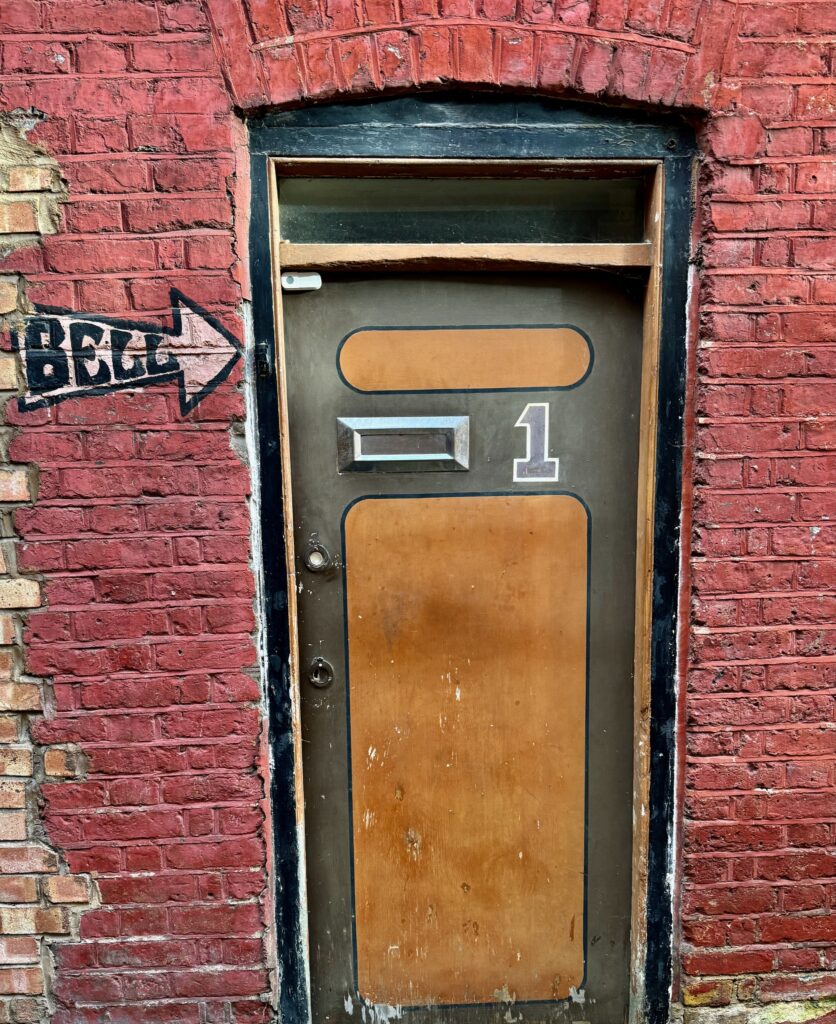
Everything about it, for example paint colour and style of lettering, just seems so reminiscent of the 1970s. My theory is that people kept knocking on the door because they couldn’t see the bell so the owner fixed the problem with a painterly flourish.
In Whitecross Street itself is this spoof blue plaque erected by the ‘British Hedonists’ and ‘Mad in England’ …

The prison was capable of holding up to 500 prisoners and Wyld’s map of London produced during the 1790s shows how extensive the premises were …

Here is a view of the inside of the prison with probably more well off people meeting and promenading quite normally …

You can read more about it, and debtors’ prisons generally, in my blog Mansions of Misery.
This sign in Errol Street made me stop and think …
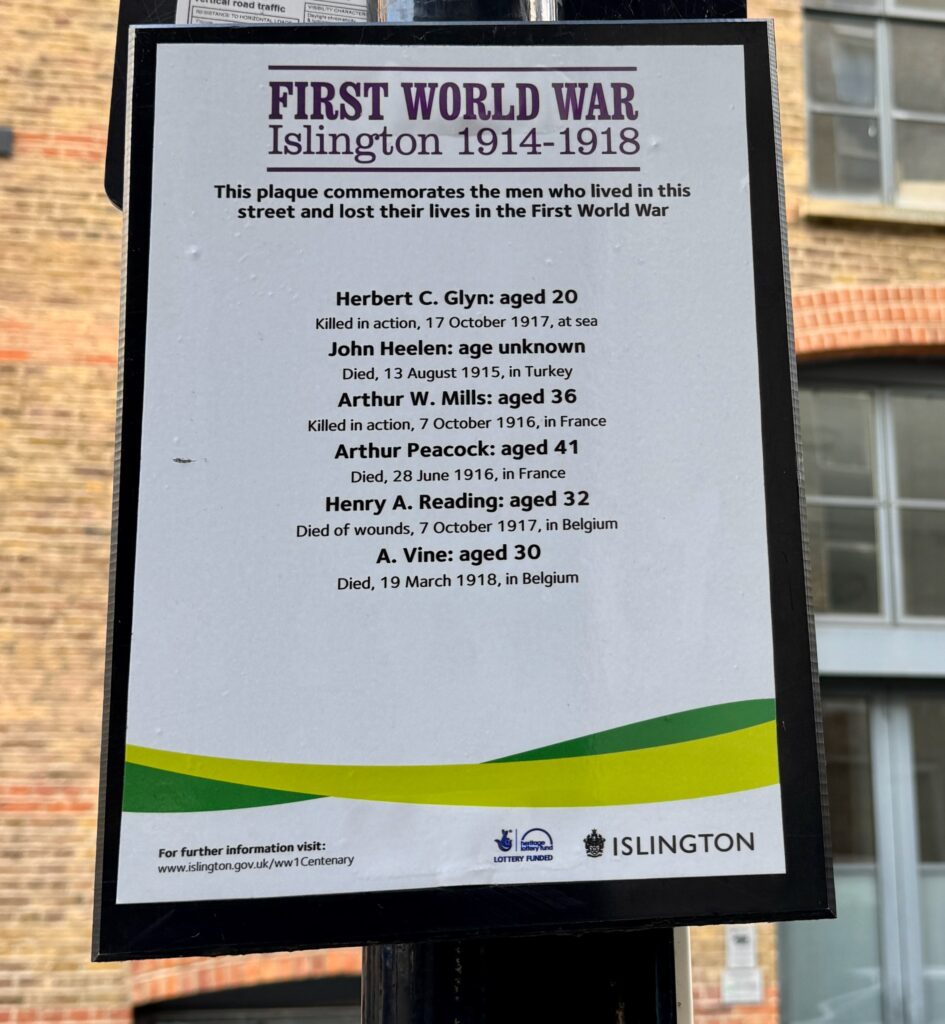
Nearby is the new YMCA. It seems like a fun place, I liked the colourful signage in the window …

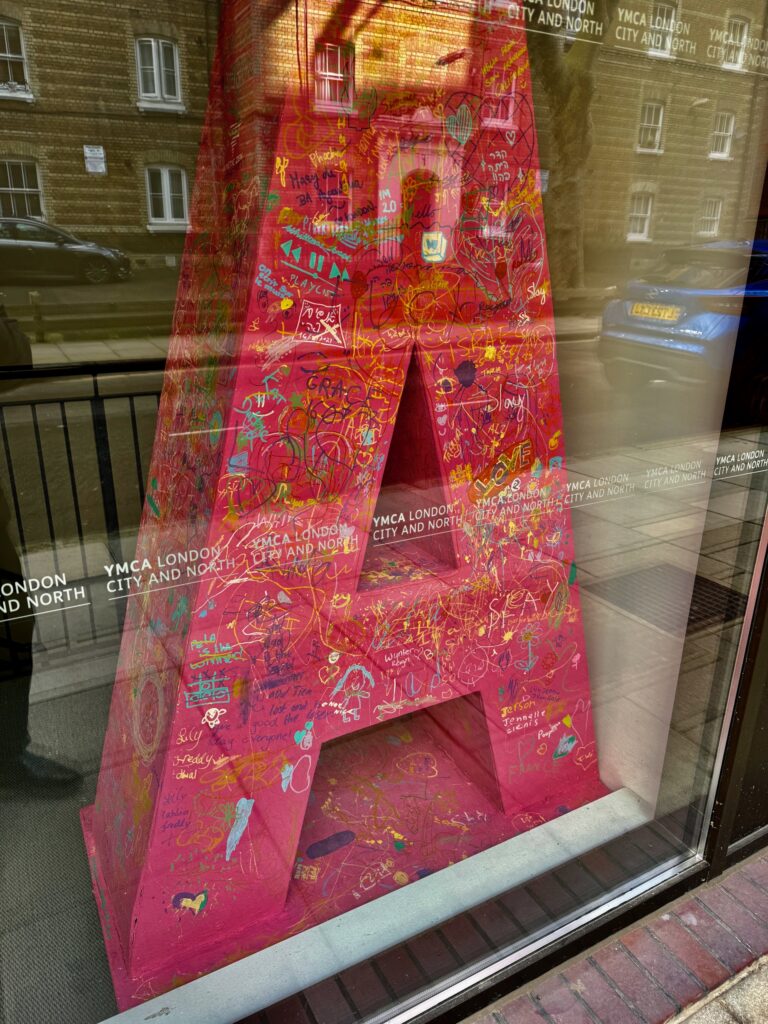
The old multi-storey Whitbread stables in Garrett Street …
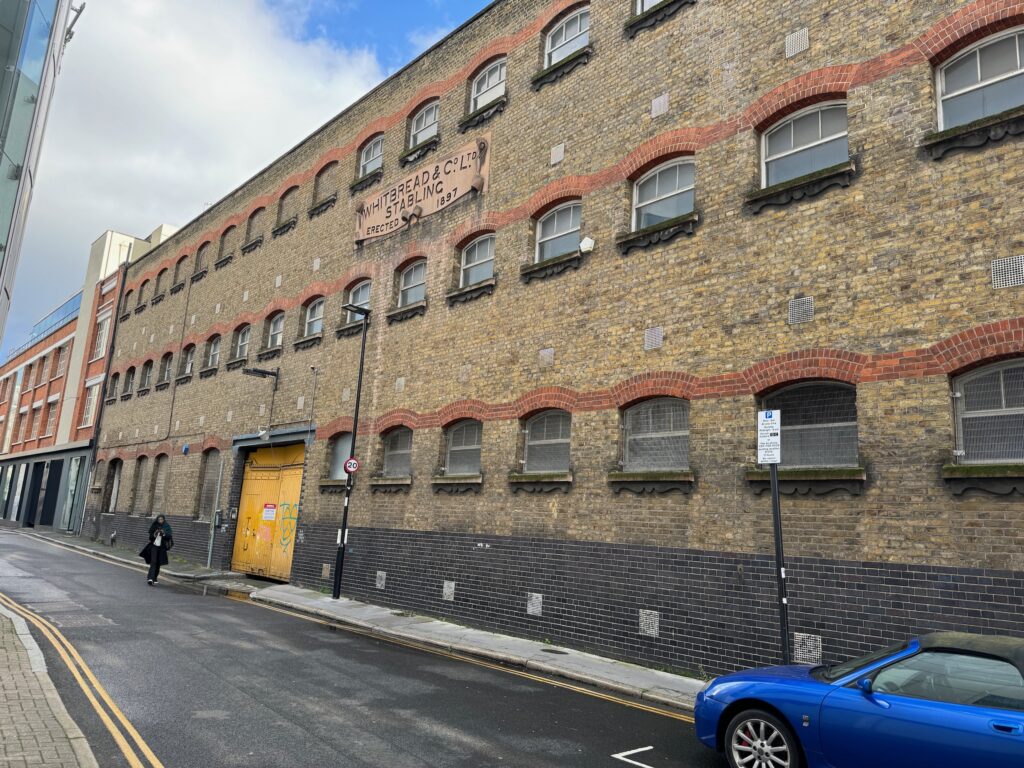
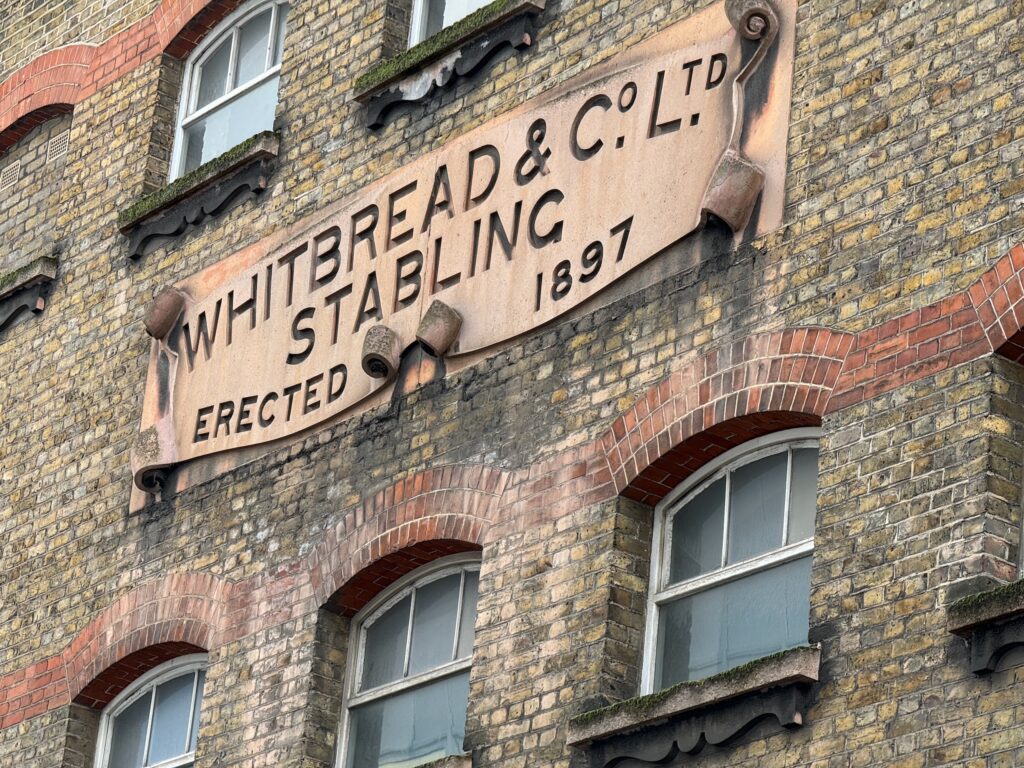
Read all about them in my blog Horses and Ale – the end of two eras.
A 17th century ‘price list’ at St Sepulchre-without-Newgate …
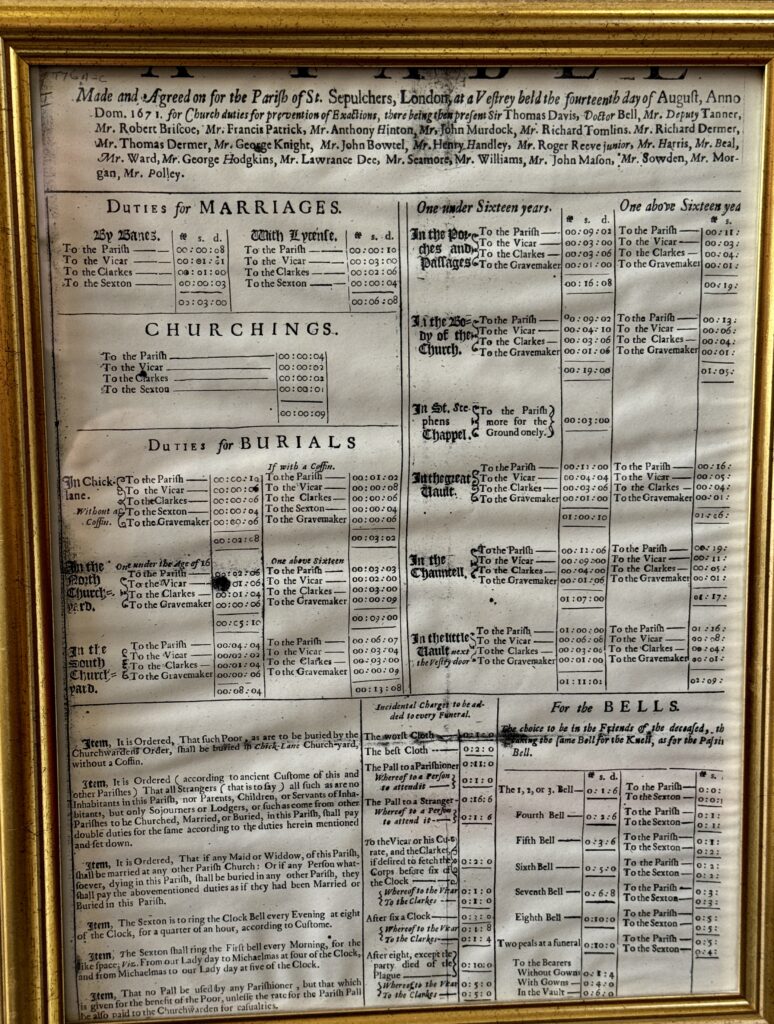
Everyone has probably heard of the Blitz and the carnage brought about by German bombing during the Second World War but it’s sometimes forgotten that aerial attacks on civilians were also a terrifying feature of World War 1. A plaque in Central Street commemorates the action of a brave man …

You will also find him on the Watts Mamorial …
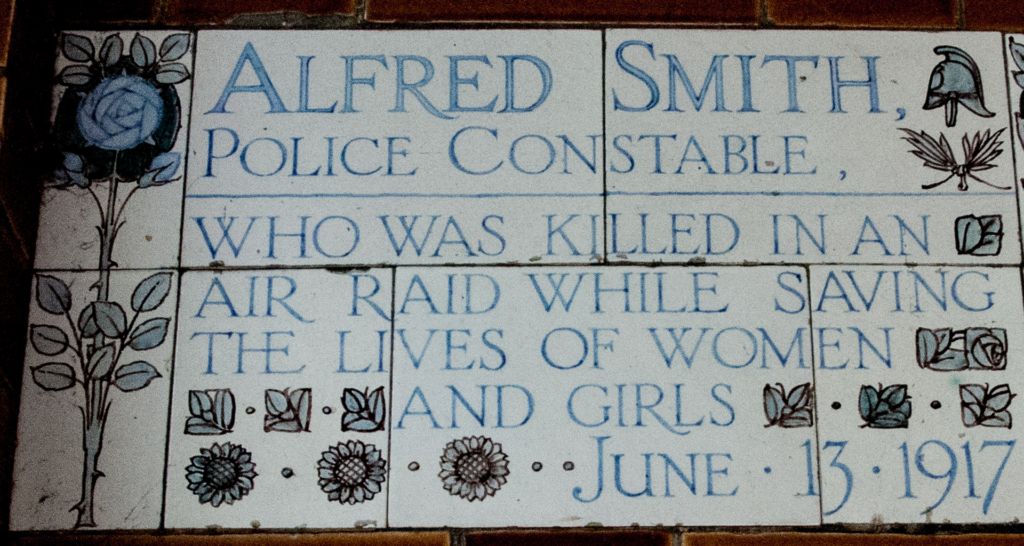
PC Smith, 37 years old, was on duty in Central Street when the noise was heard of an approaching group of fourteen German bombers. One press report reads as follows …
In the case of PC Alfred Smith, a popular member of the Metropolitan Force, who leaves a widow and three children, the deceased was on point duty near a warehouse. When the bombs began to fall the girls from the warehouse ran down into the street. Smith got them back, and stood in the porch to prevent them returning. In doing his duty he thus sacrificed his own life.
Smith had no visible injuries but had been killed by the blast from the bombs dropped nearby. He was one of 162 people killed that day in one of the deadliest raids of the war. I have written about him, and other brave officers, in my blog The brave policemen of Postman’s Park.
Proud boast by an Australian removal man …

In case you are wondering, a redback is a highly venomous Australian spider. What an informative blog this is!
What to watch out for …

An old shopfront with very old ads – once upon a time I smoked No.6 fags – really cheap if rather small!
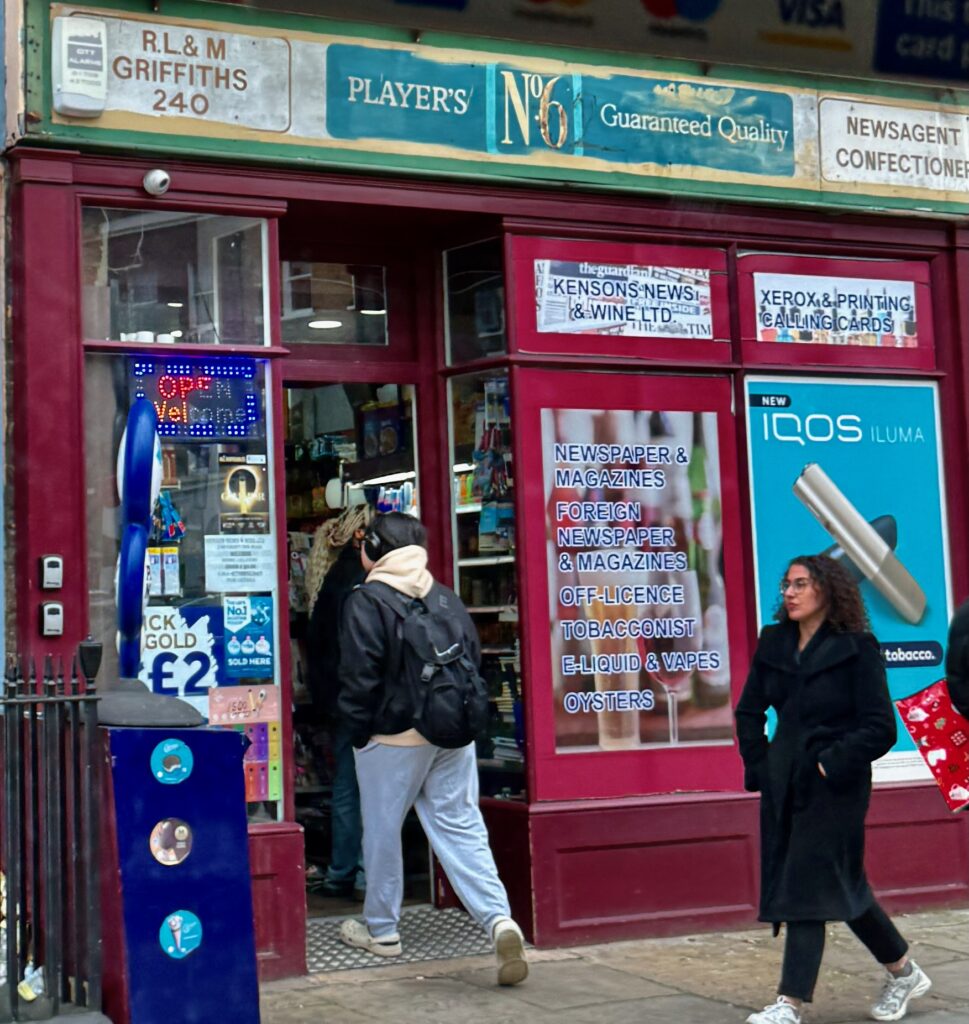
The Players No6 brand, introduced in 1965, was Britain’s best selling cigarette brand for most of the 70s. Player’s advertising claimed it was ‘Part of the British Scene’. Packaging from 1965 to 1980 …

What finished the brand off wasn’t just the fact that more people were giving up smoking, it was the EU. In 1978, tobacco taxation was harmonised with the EU and cigarettes were taxed by retail price, rather than by weight of tobacco and this changed the cigarette market overnight.
Before this change small cigarettes were cheap and big ones were expensive. So King Size cigarettes were a luxury and small ones, like Player’s No 6, were popular. After the tax change, the price difference between a pack of Player’s No 6 and a pack of up-market Benson & Hedges Special Filter was almost incidental; 20 No 6 cost 52p and 20 Benson & Hedges cost 57p. Overnight sales of No 6 tumbled and in the status conscious 80s, No6 was about as popular as a pair flares and a kipper tie. The brand quietly disappeared in 1993.
An early morning visitor to my office …

What about this little chap …

He lives with his friends near the concourse at Liverpool Street station …

A duck for every occupation (and literally hundreds of other versions!) …

And now even more windows I have looked through recently …
The view from my table at the Ivy Asia restaurant …
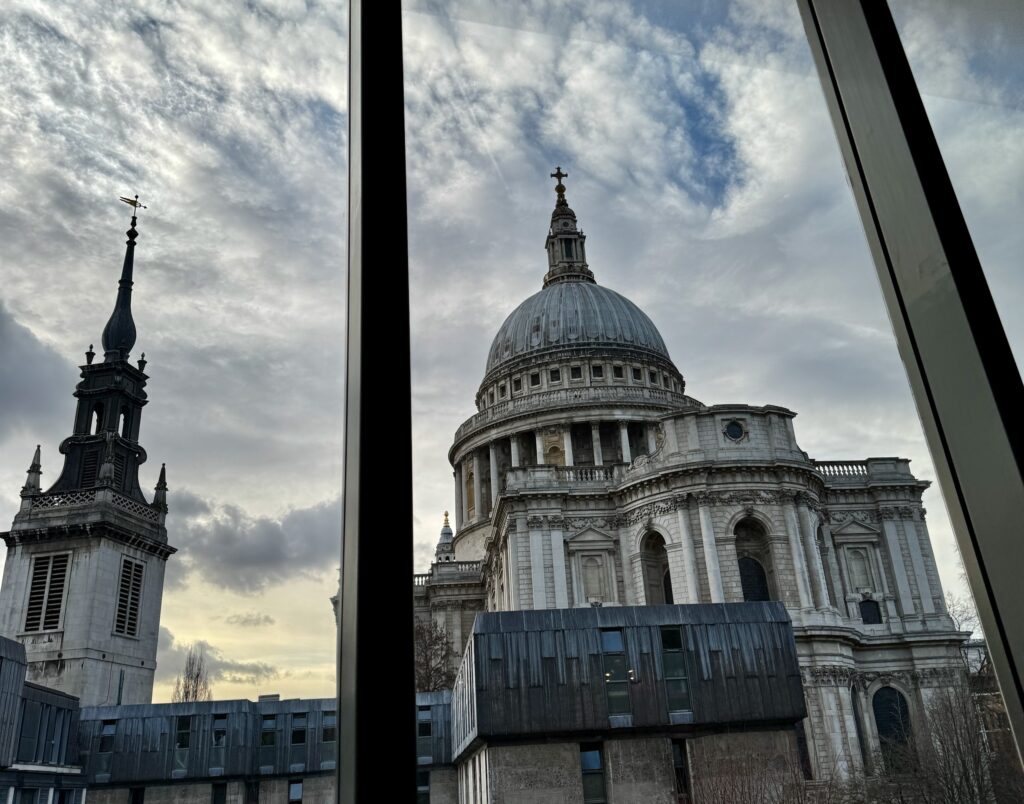
The HYLO building on Bunhill Row has a virtual fishpond just inside the door …
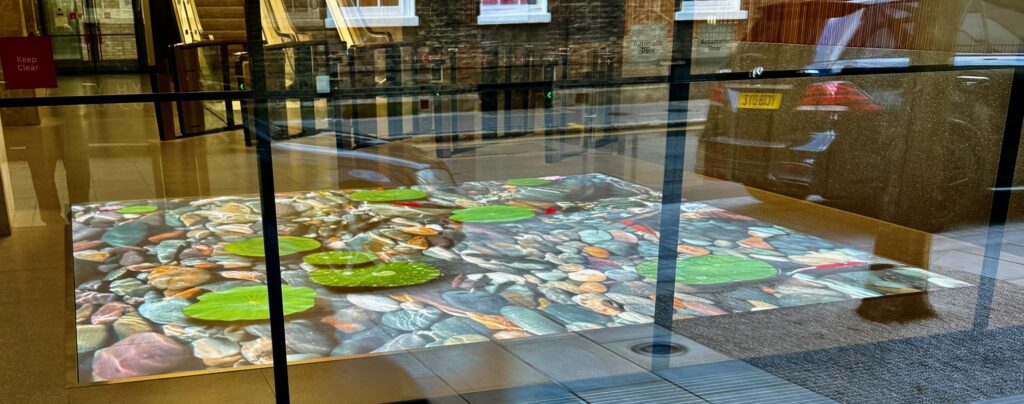
The ‘fish’ move like they’re alive (it’s a bit spooky, to be honest).
Costumes and props at the Guildhall School of Music and Drama theatre on Silk Street …
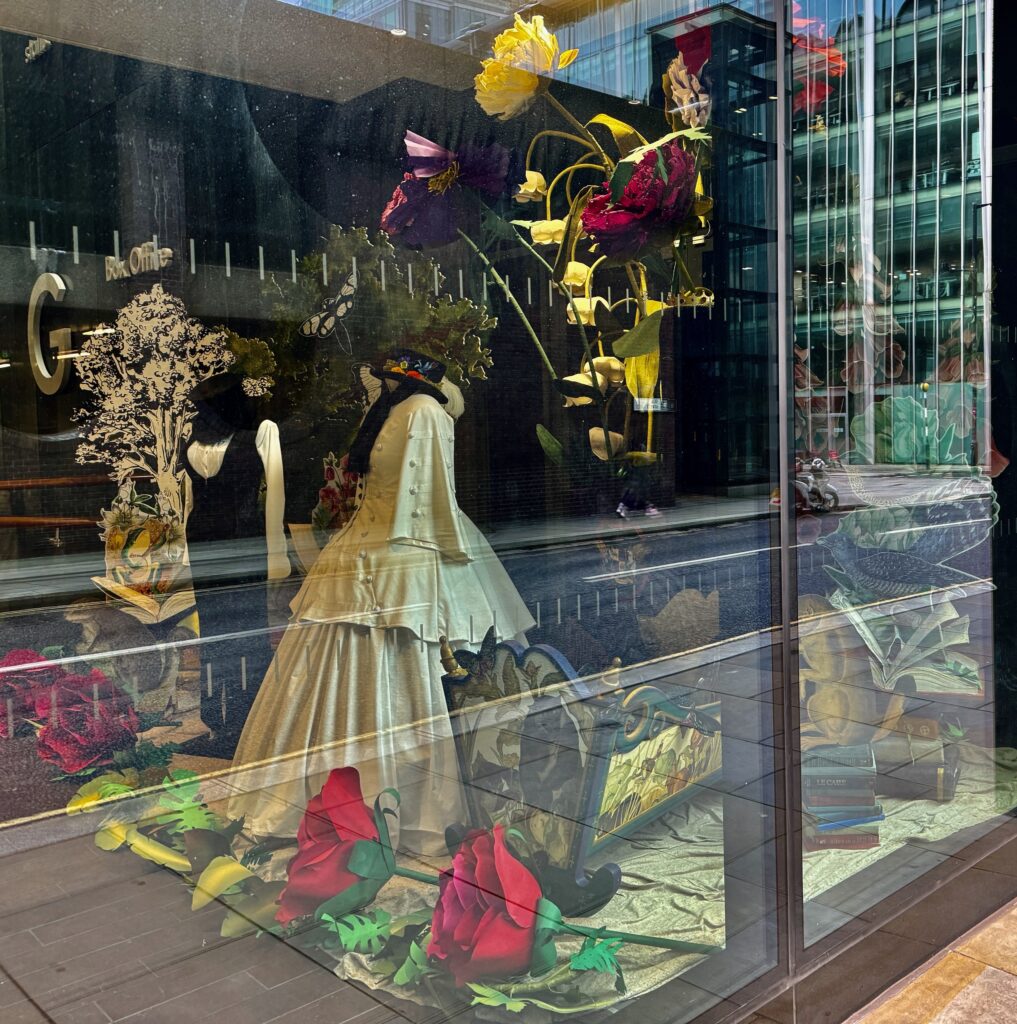
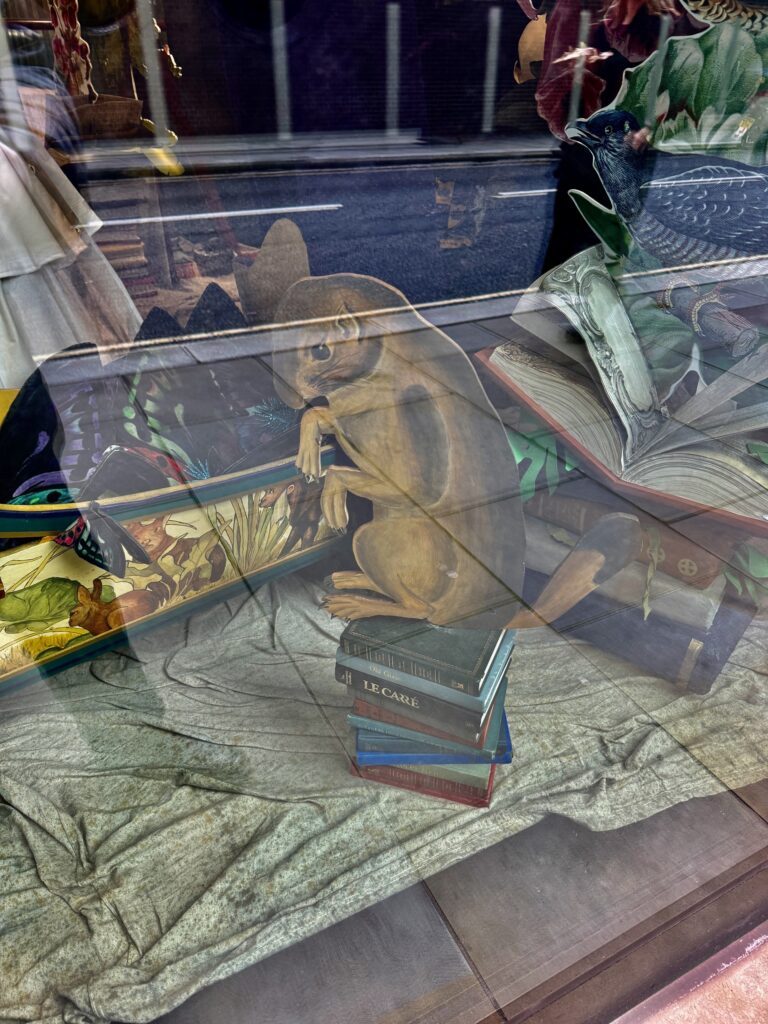
I’m pleased this little tailor’s shop on Whitecross Street has survived …
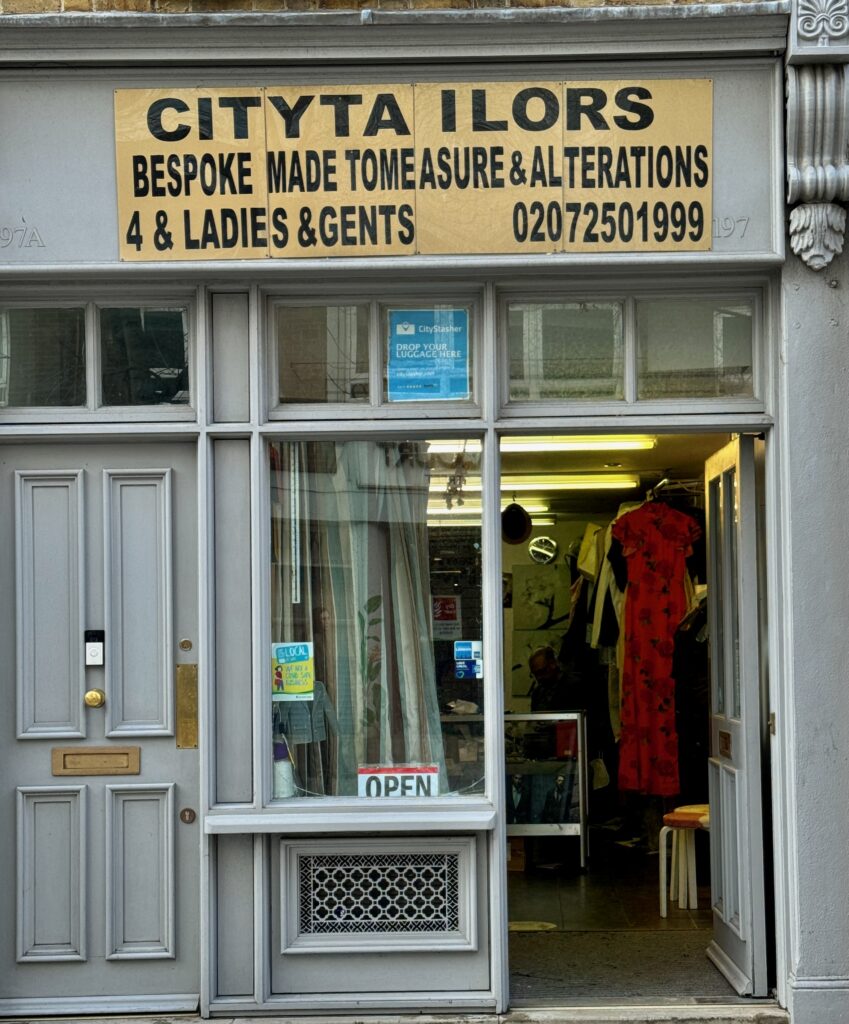
A cute mini-jacket in the window …
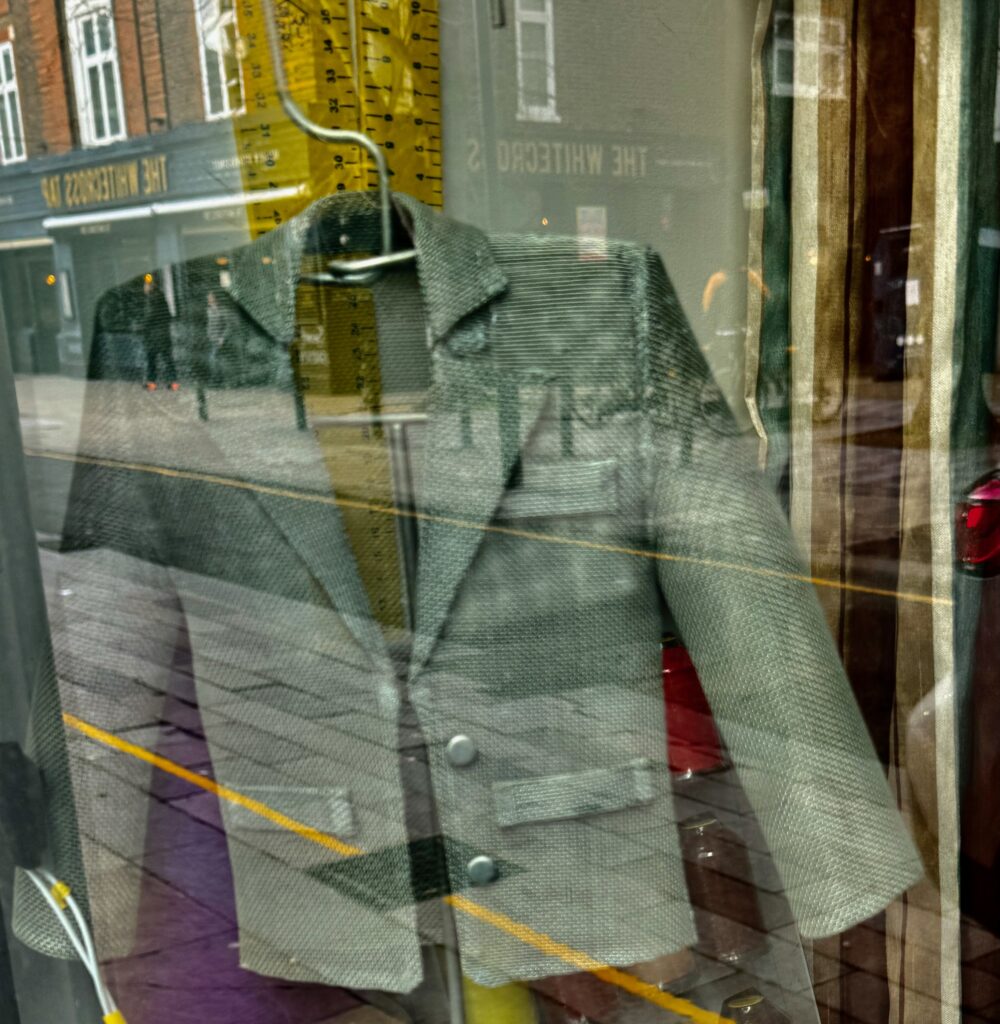
A very big teddy!
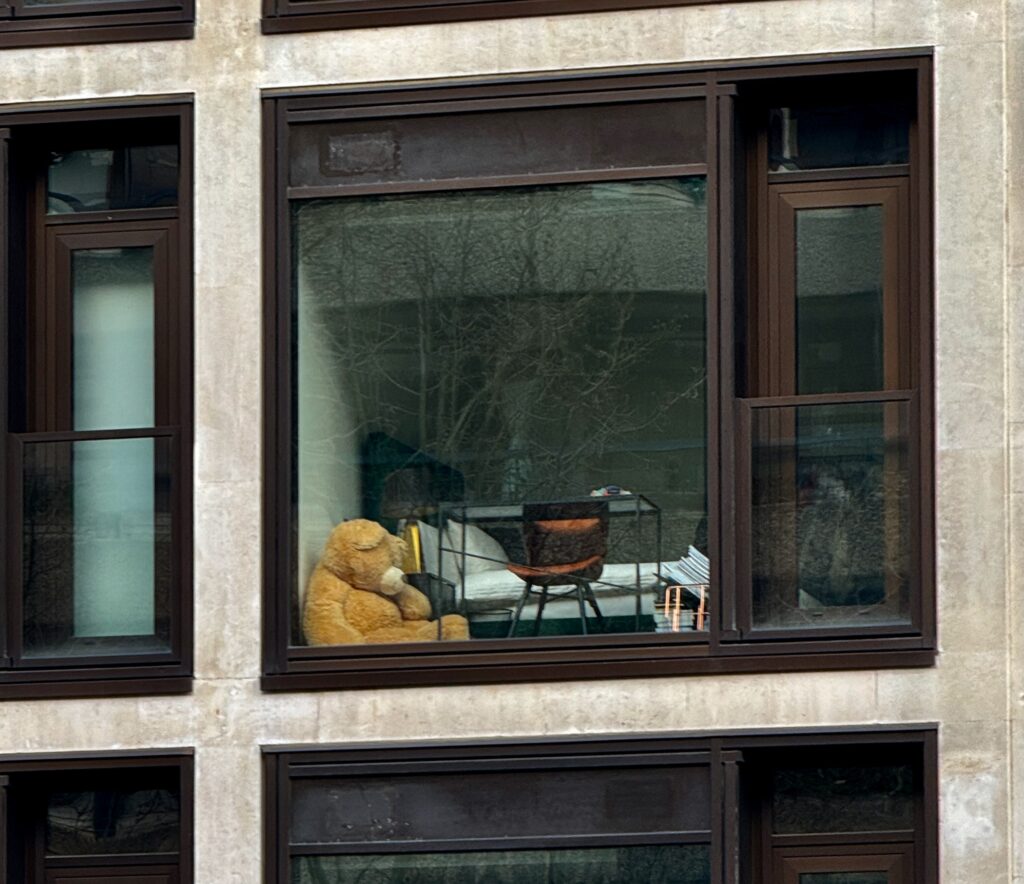
For some reason this plaque at the Barbican Centre makes me feel a little sad …
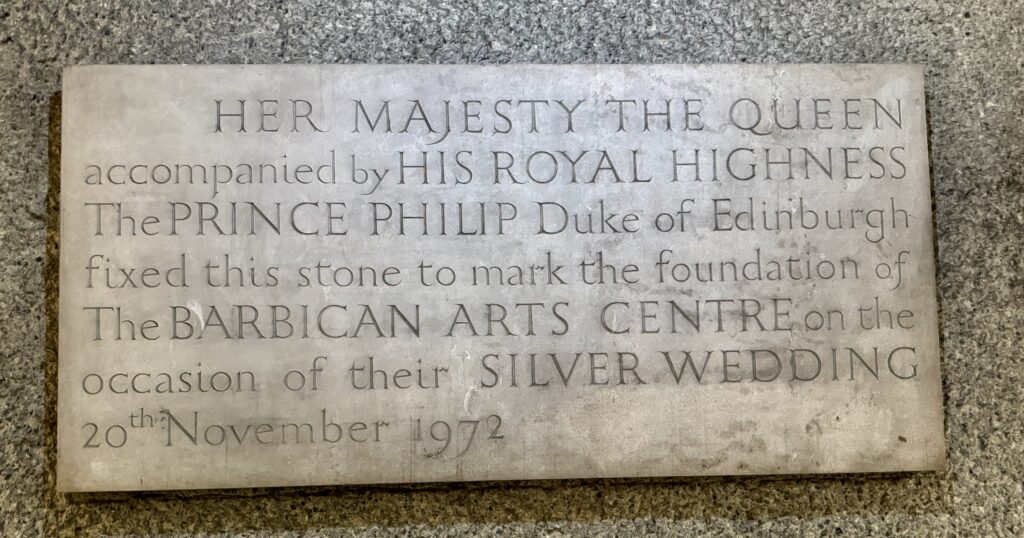
And finally, thank you so much to those of you, my lovely subscribers, who made a donation to the Spitz Charitable Trust whom I featured on my blog last week. My friends at Spitz have been really thrilled by your generosity, which will go towards the life-enhancing services they provide. If you didn’t get a chance to read last week’s blog, this is a charity which brings live music to folk who may be feeling isolated or are experienceing dementia. Not just the elderly, but also young people in hospitals like Great Ormond Street who may be spending much of their life receiving care. All charities are having tough times at the moment so do, please, see if you can make a contribution, however modest, to help them in their work. Click here for their crowdfunding page and to find out more about them.
I also think that you might find the interview that Jane Glitre, Spitz’s founder, gave to Robert Elms on Radio London interesting. It’s only 11 minutes long and has a lovely song at the end! Here’s the link.
Remember you can follow me on Instagram …

